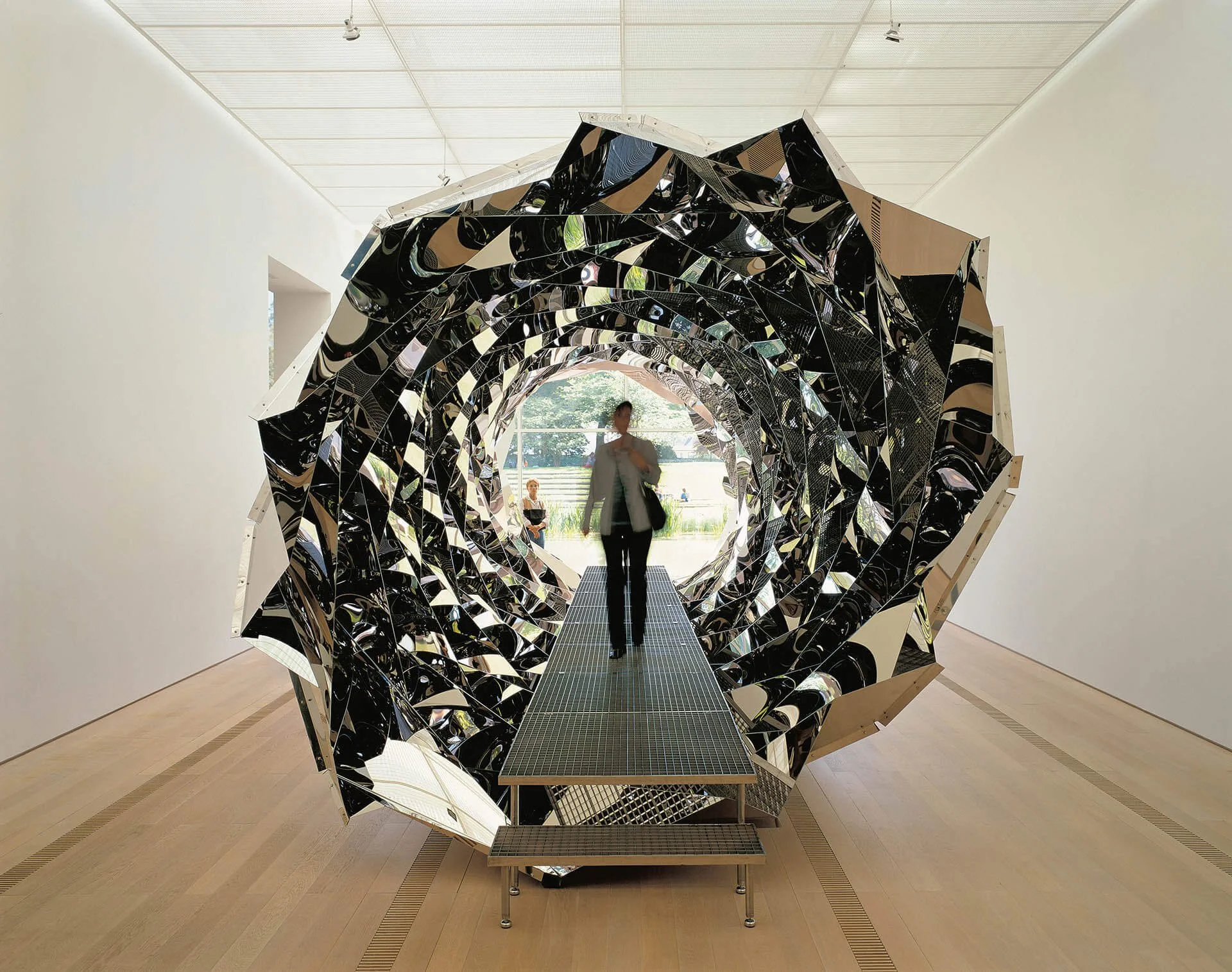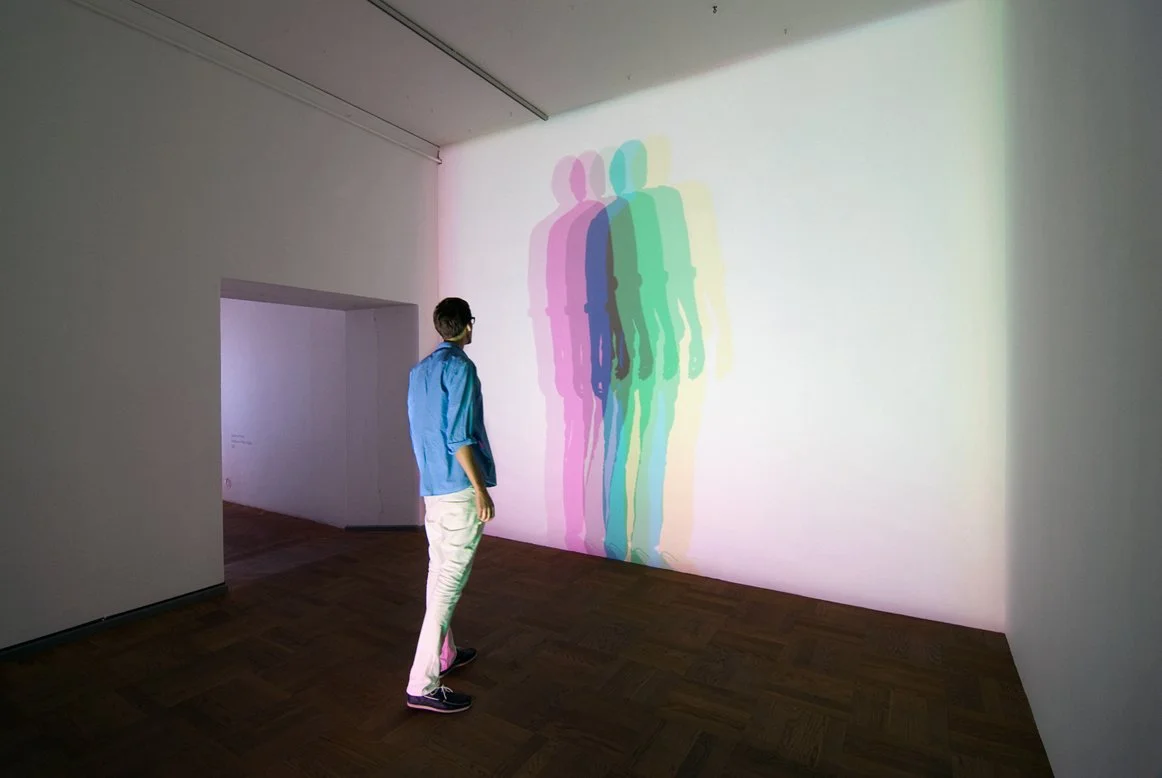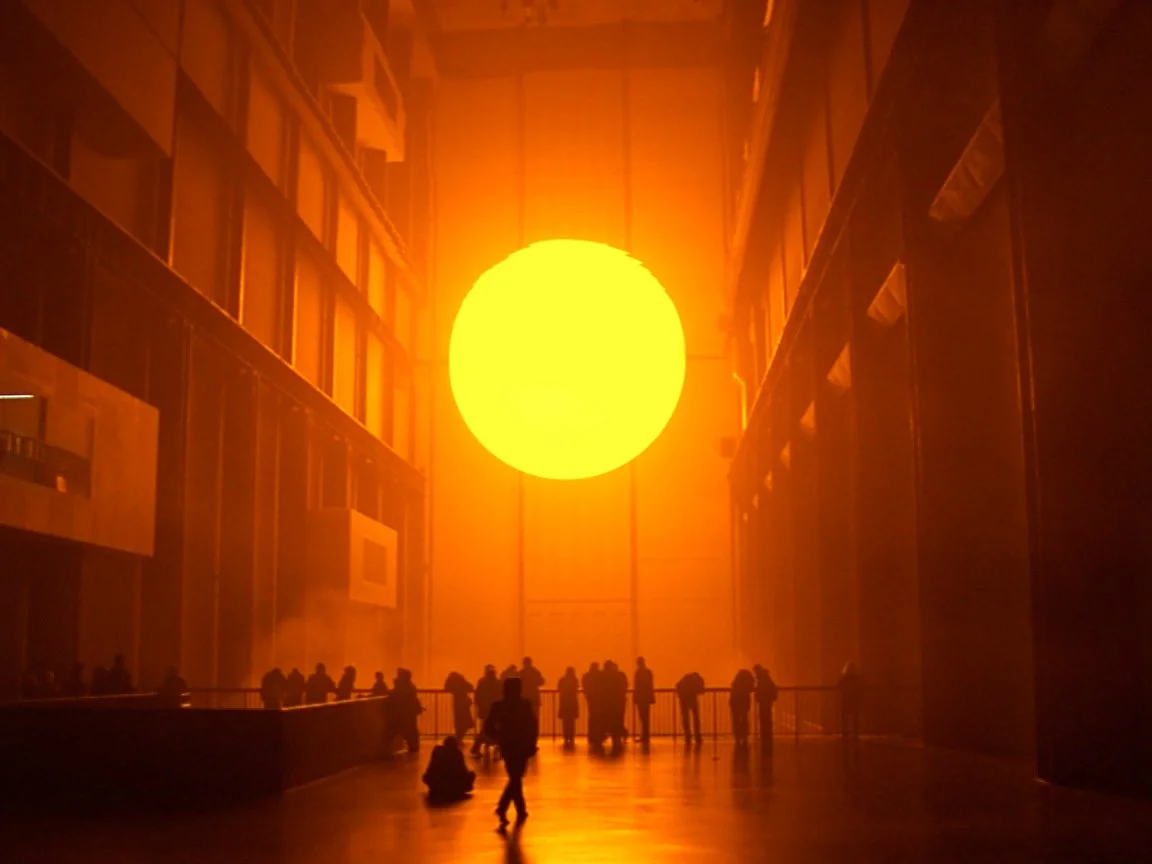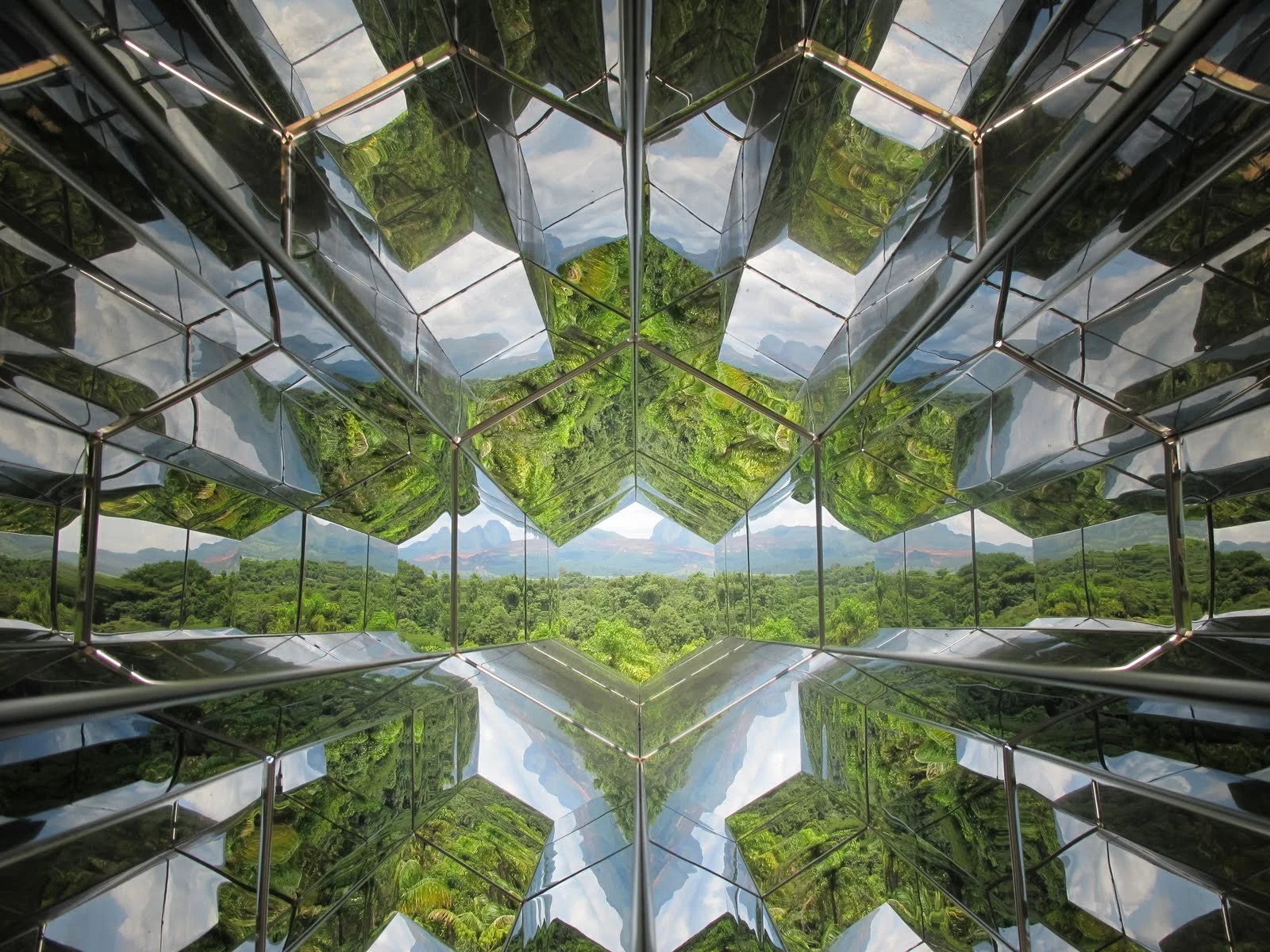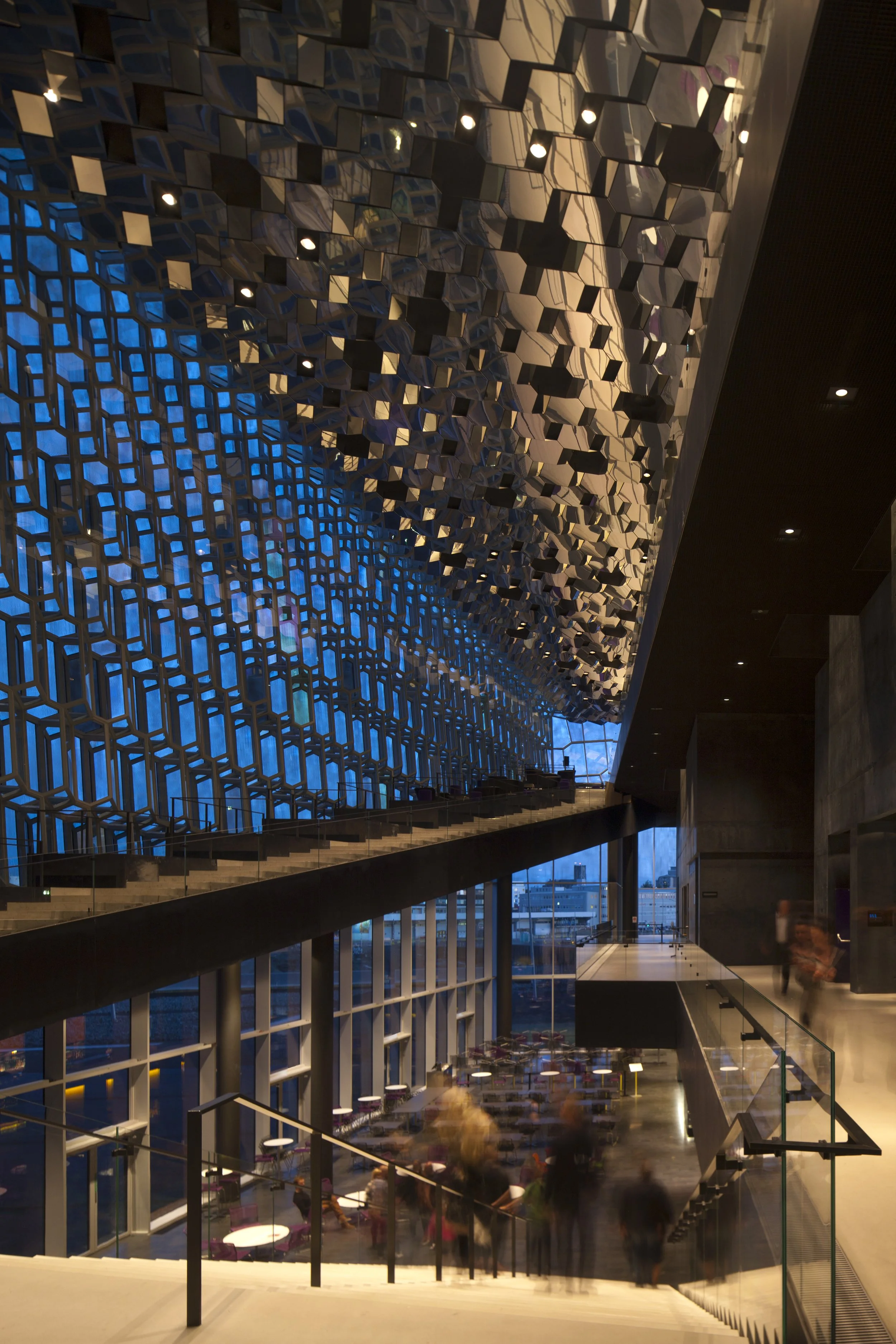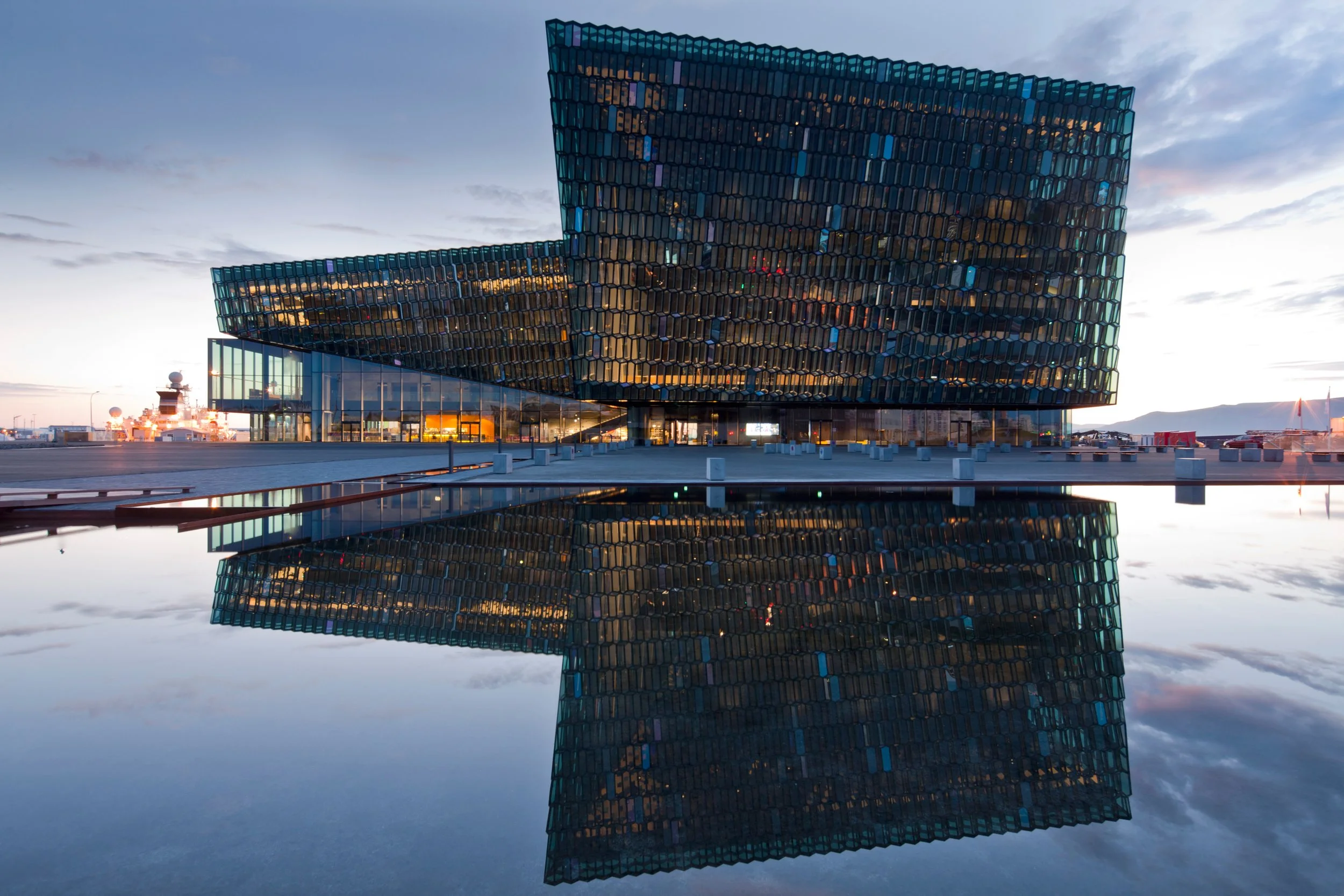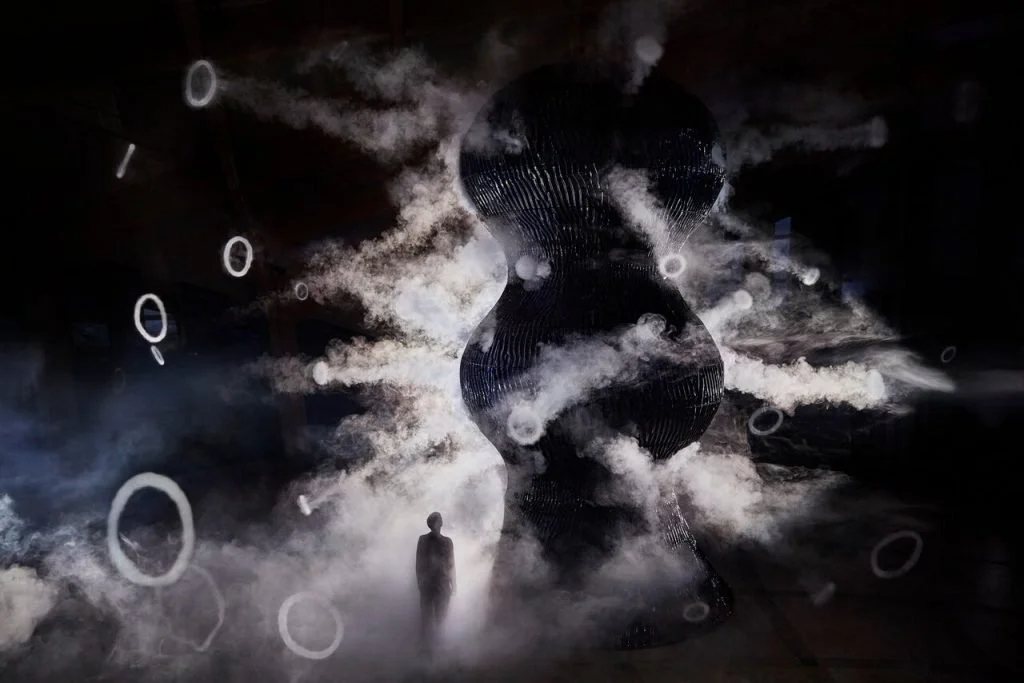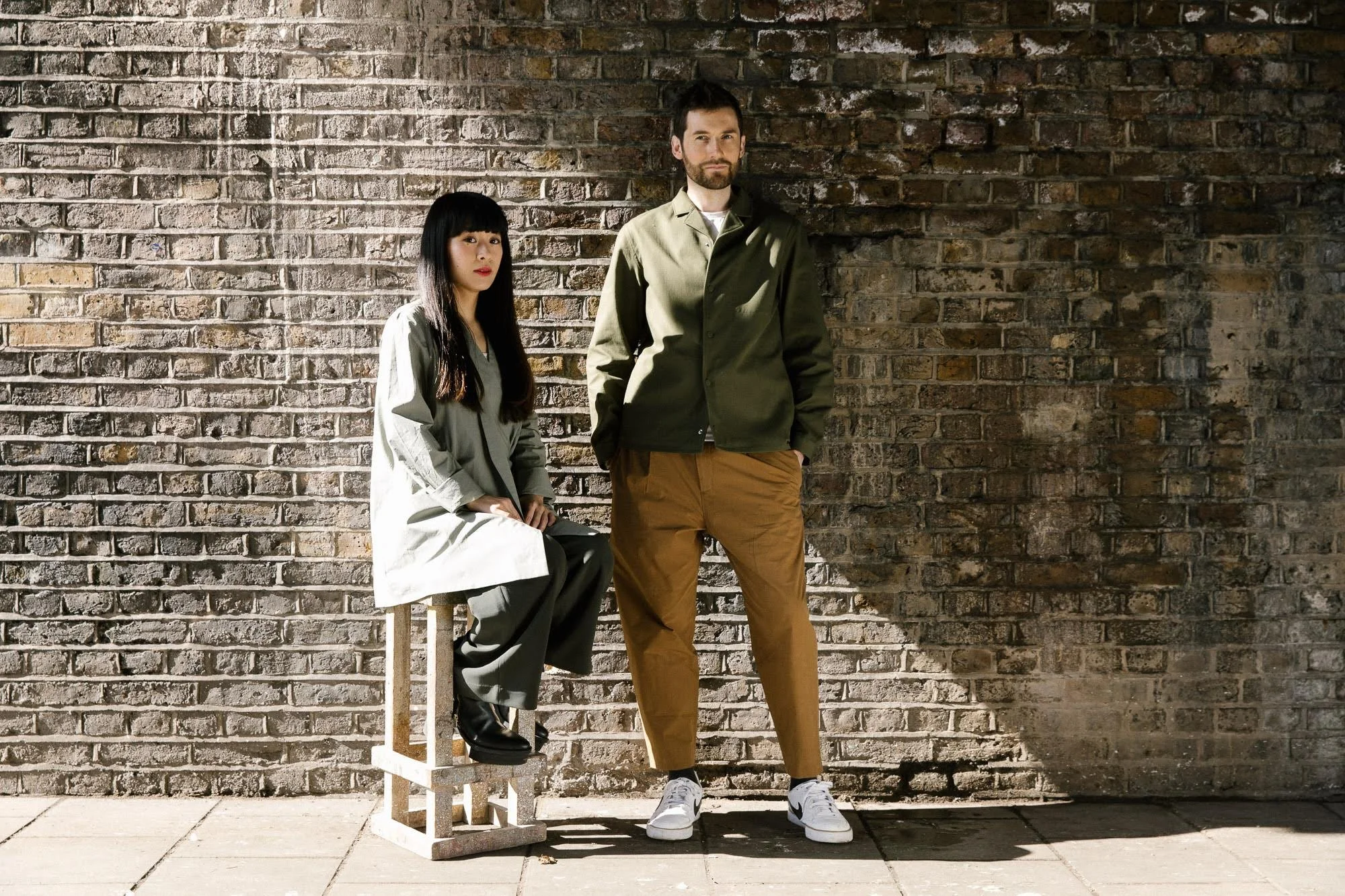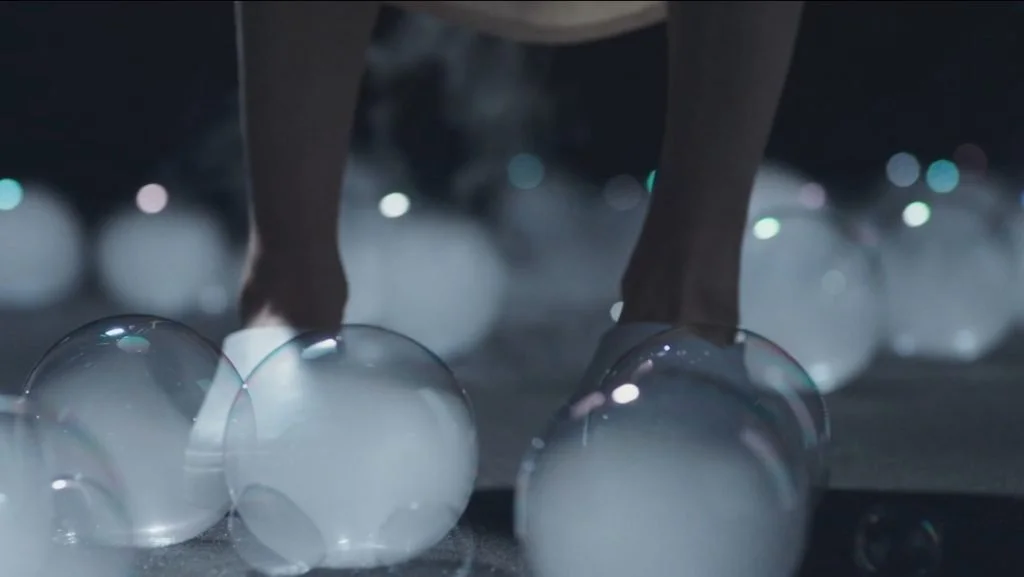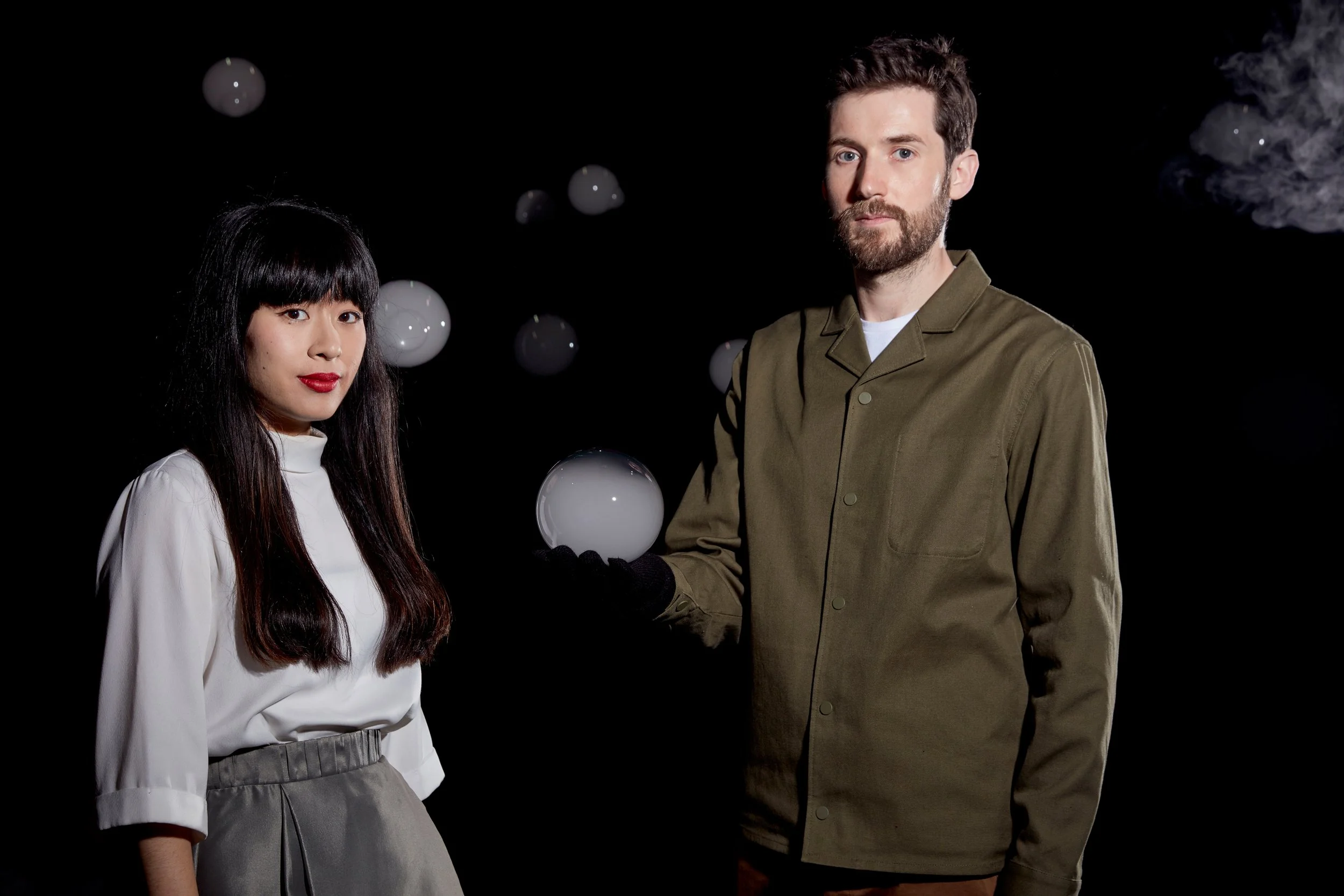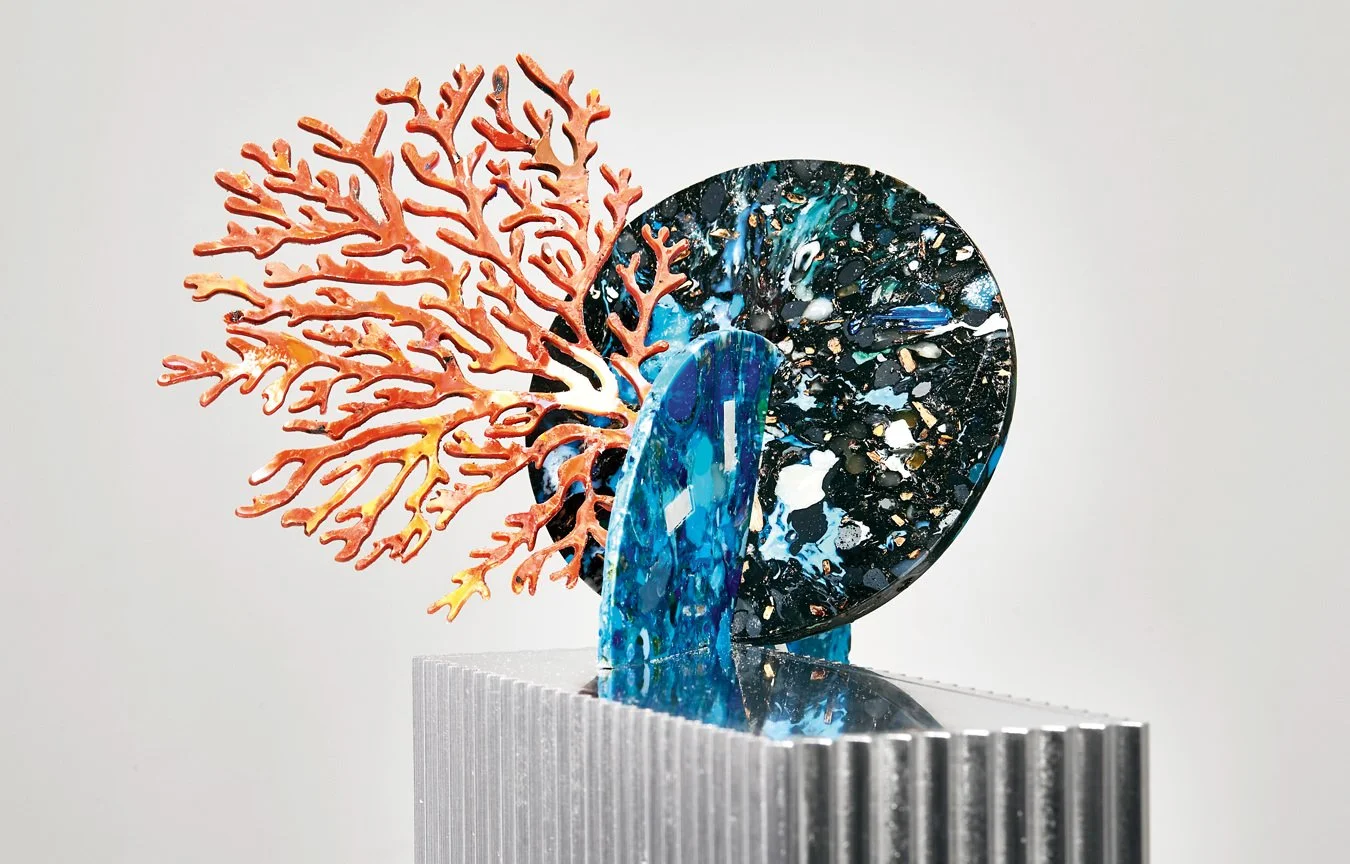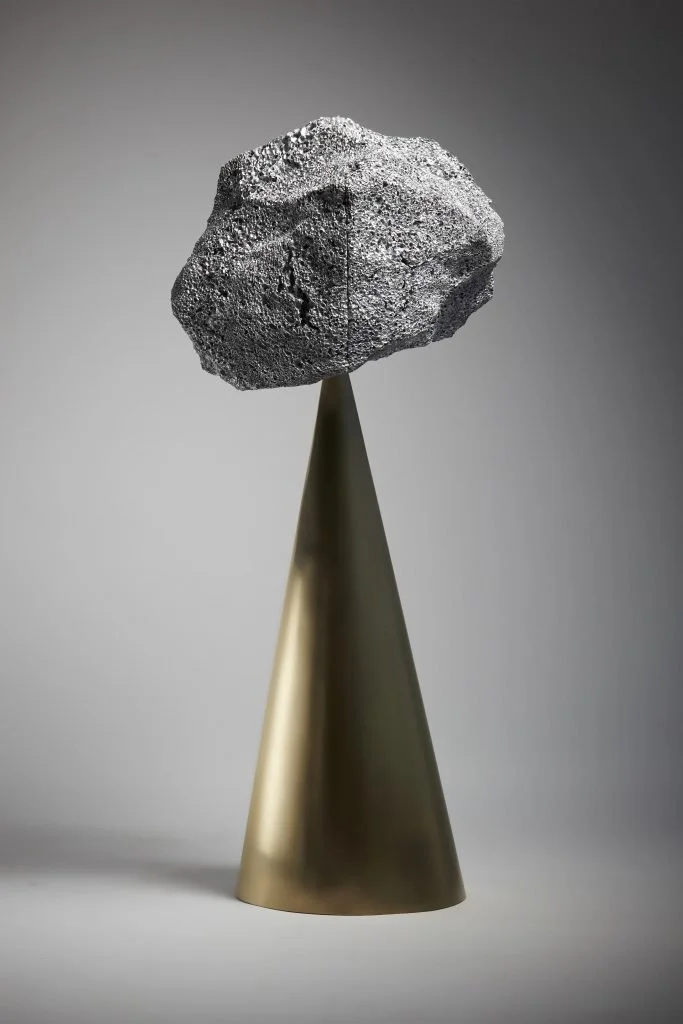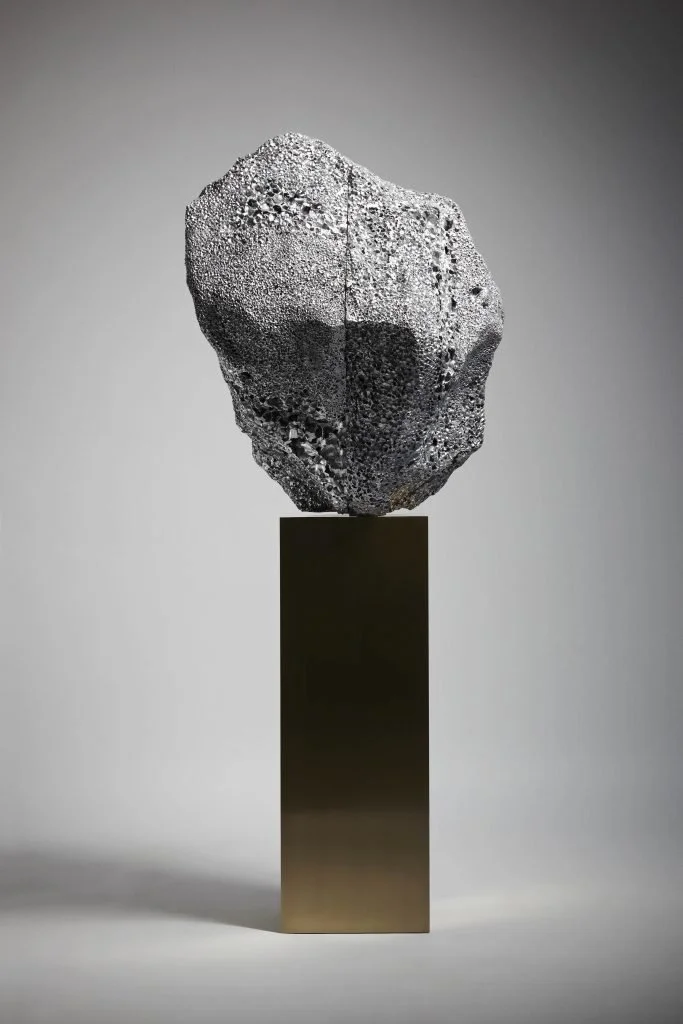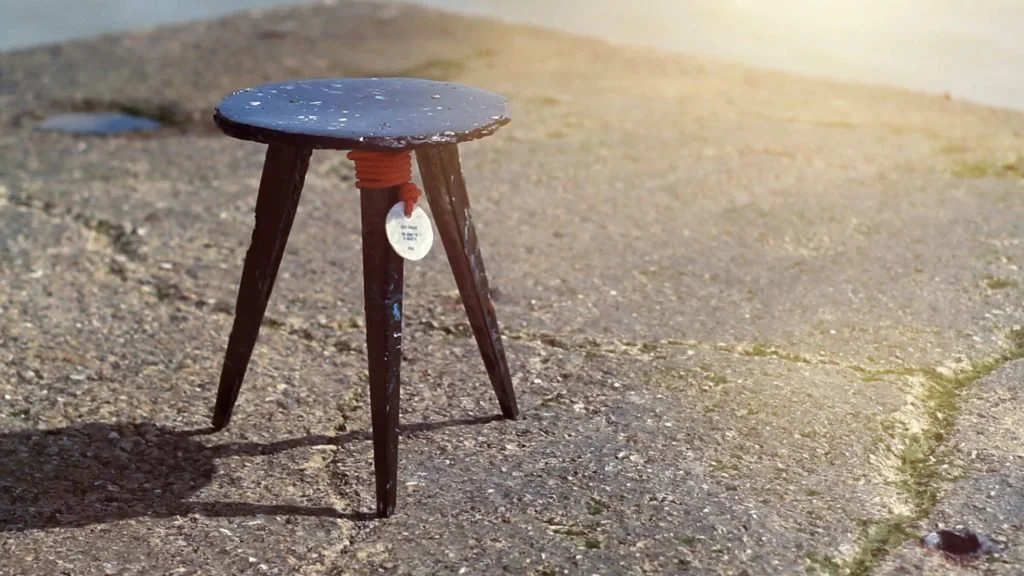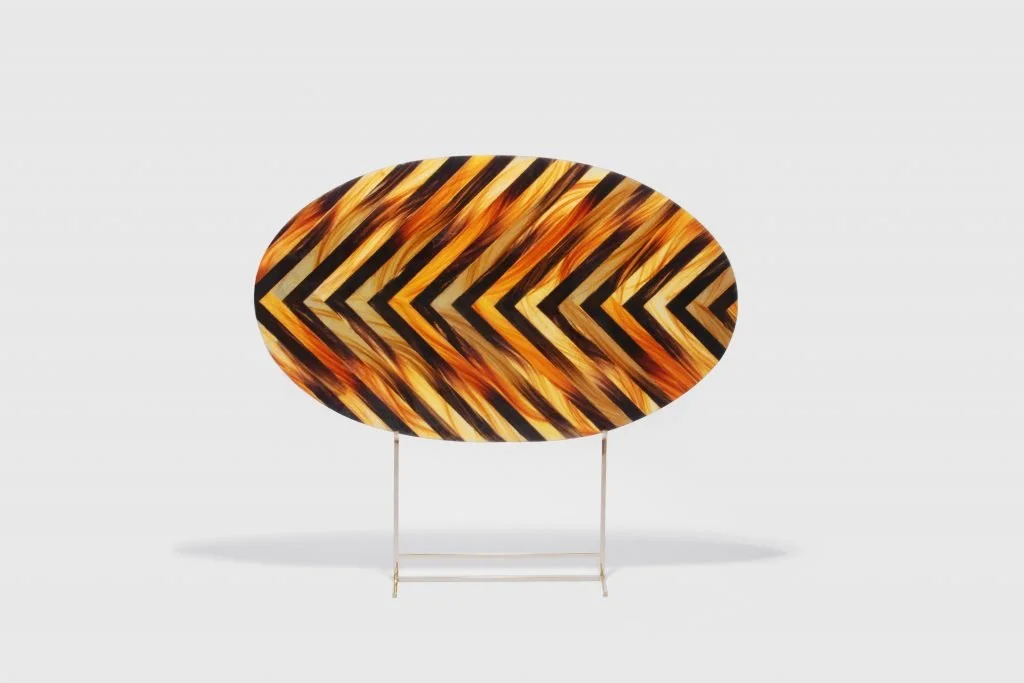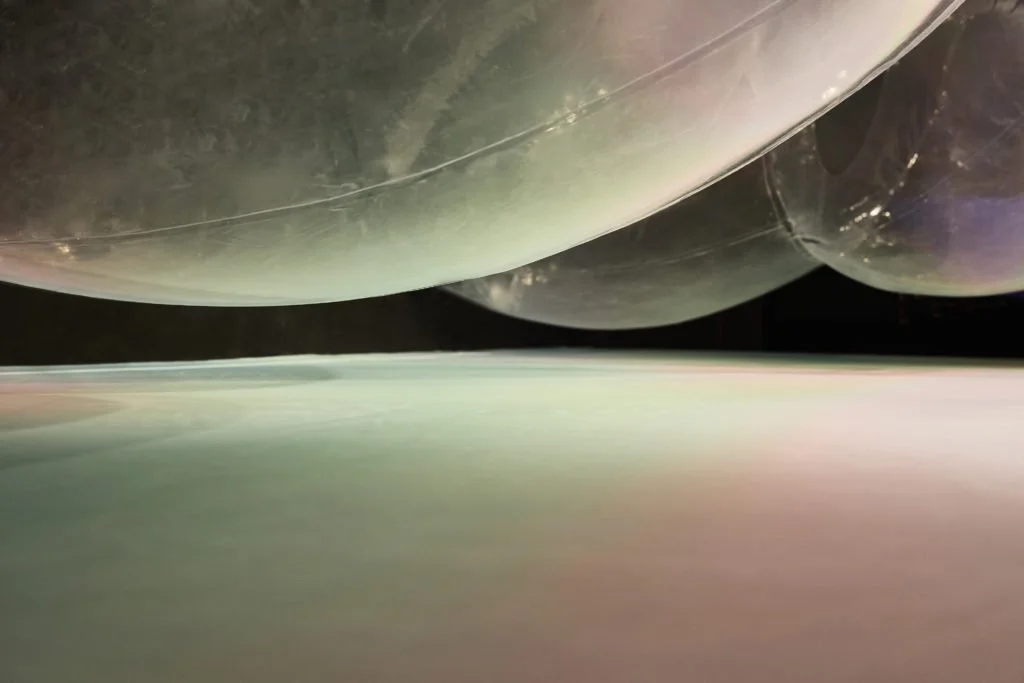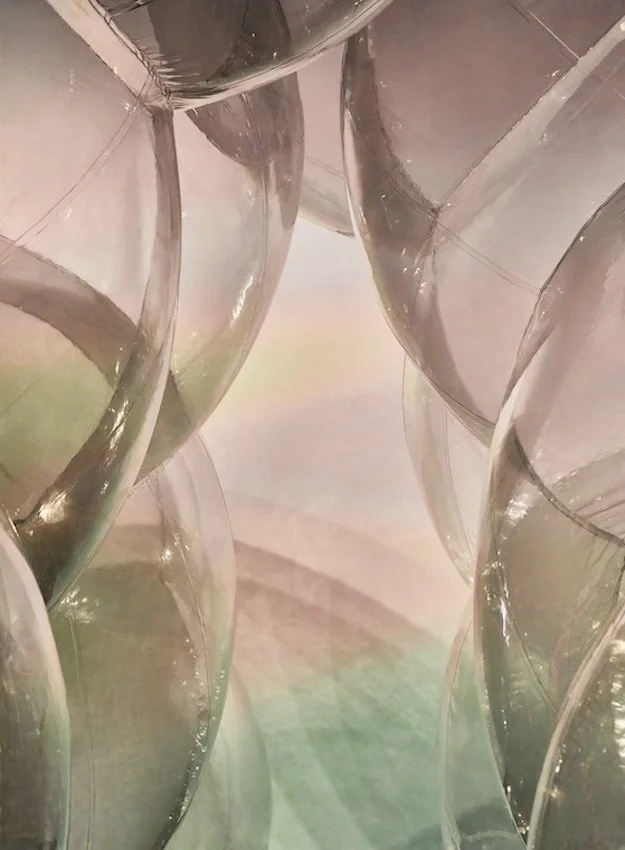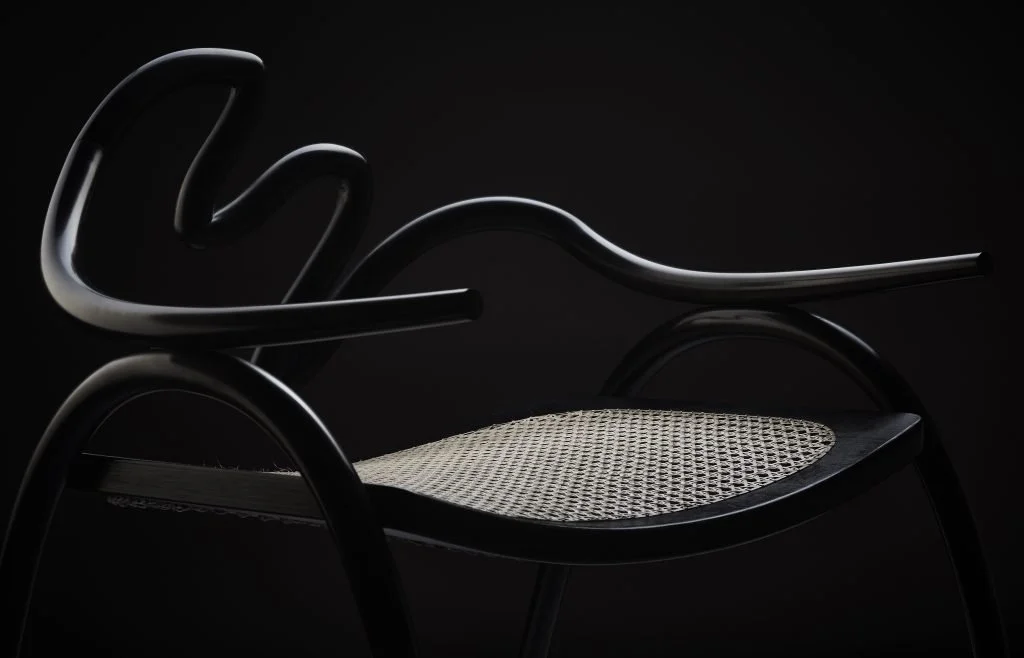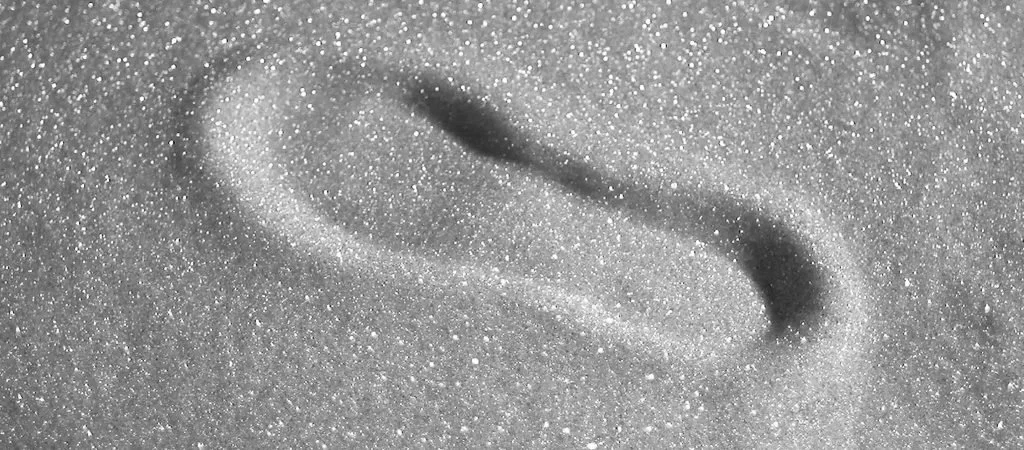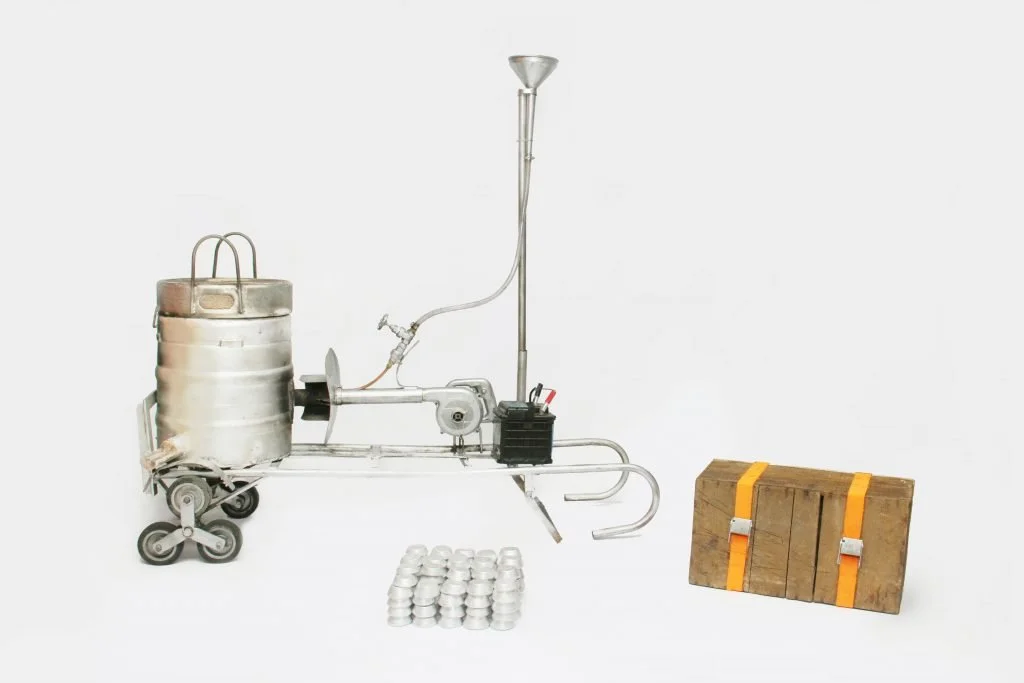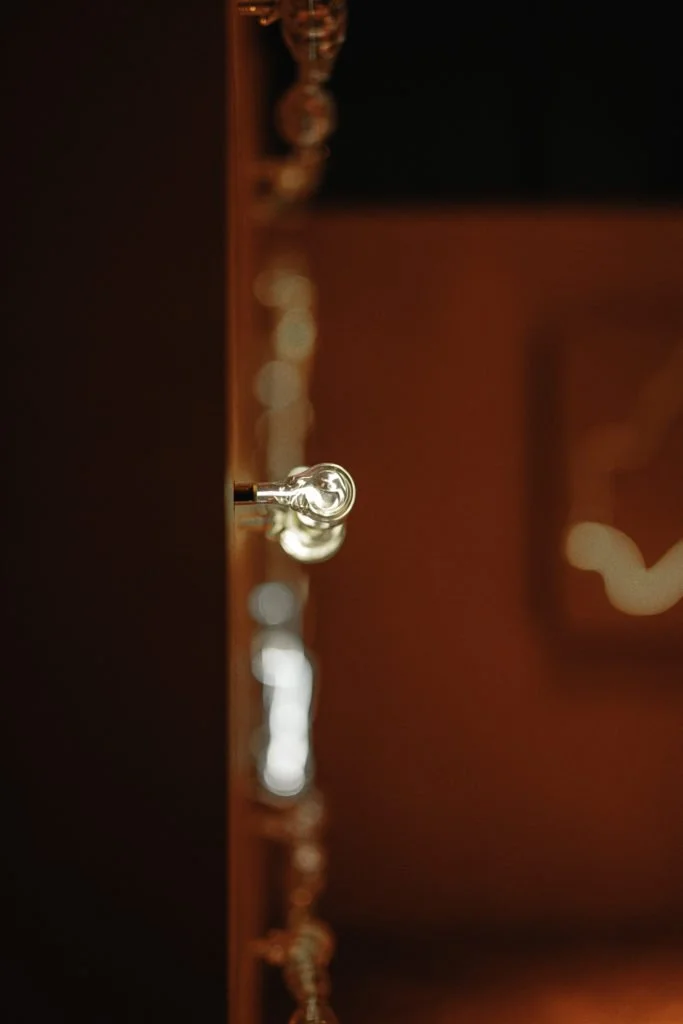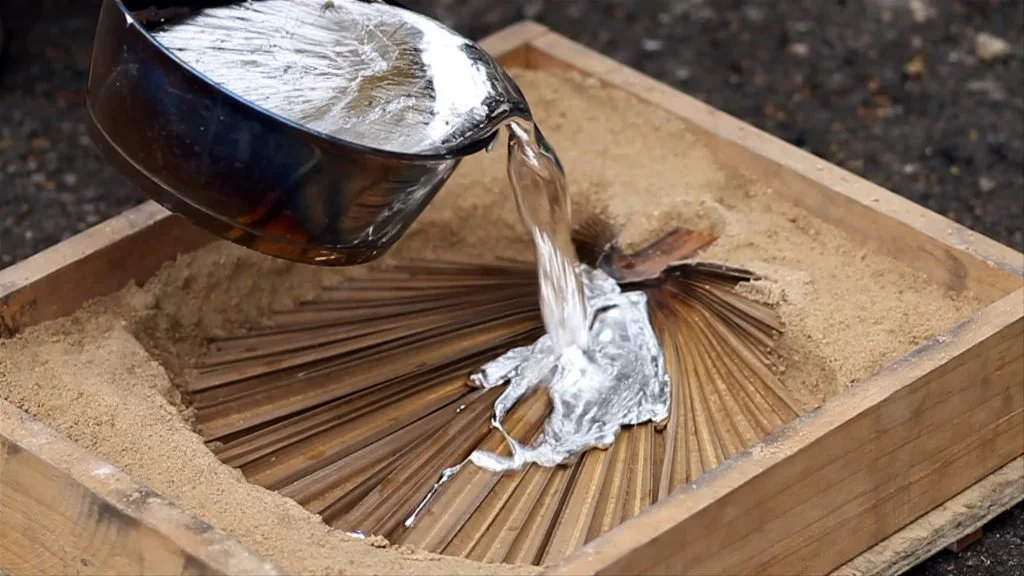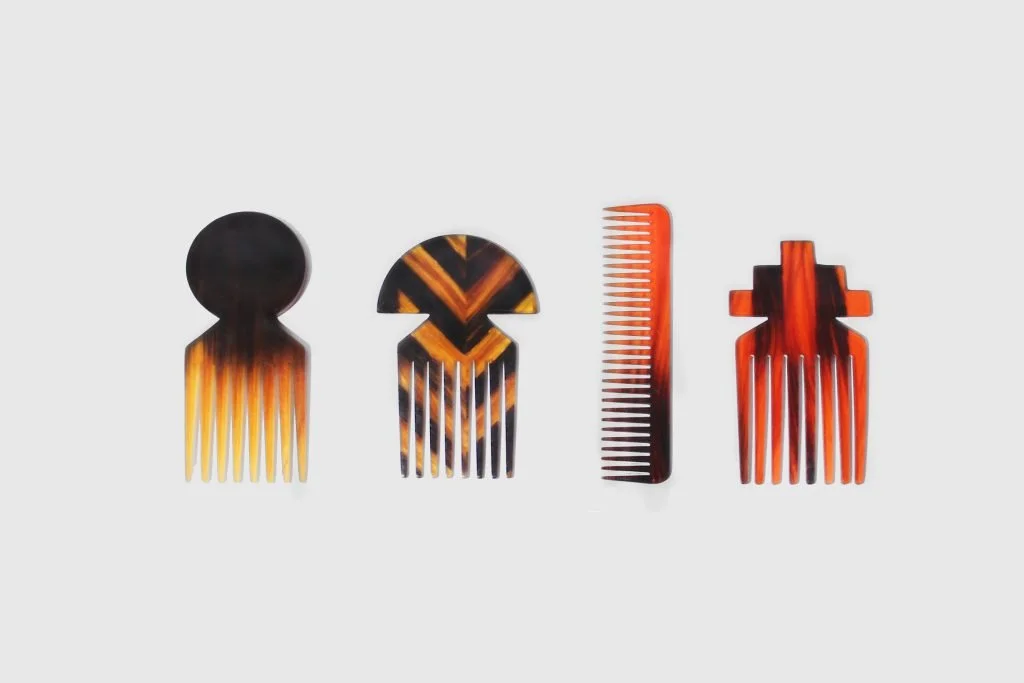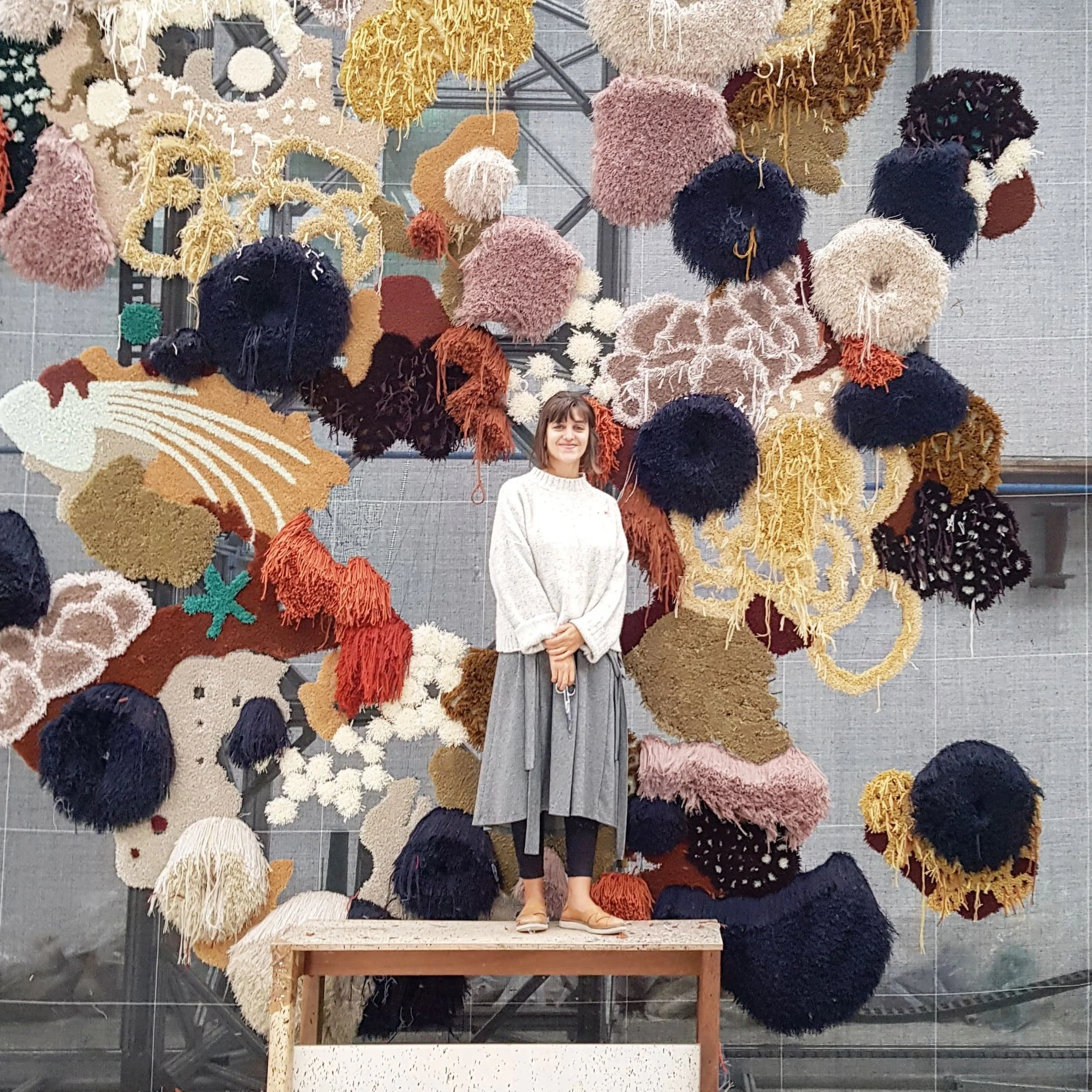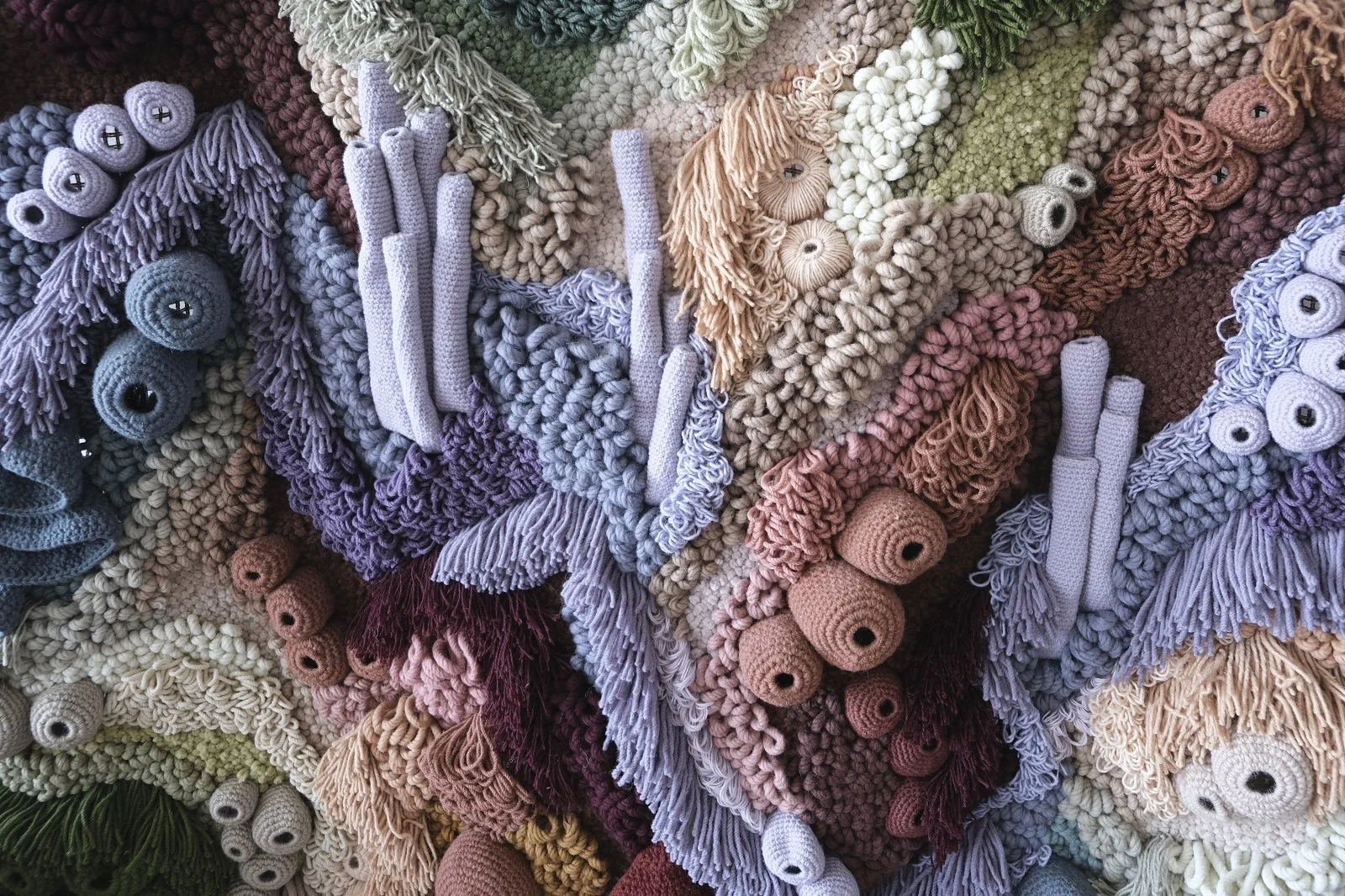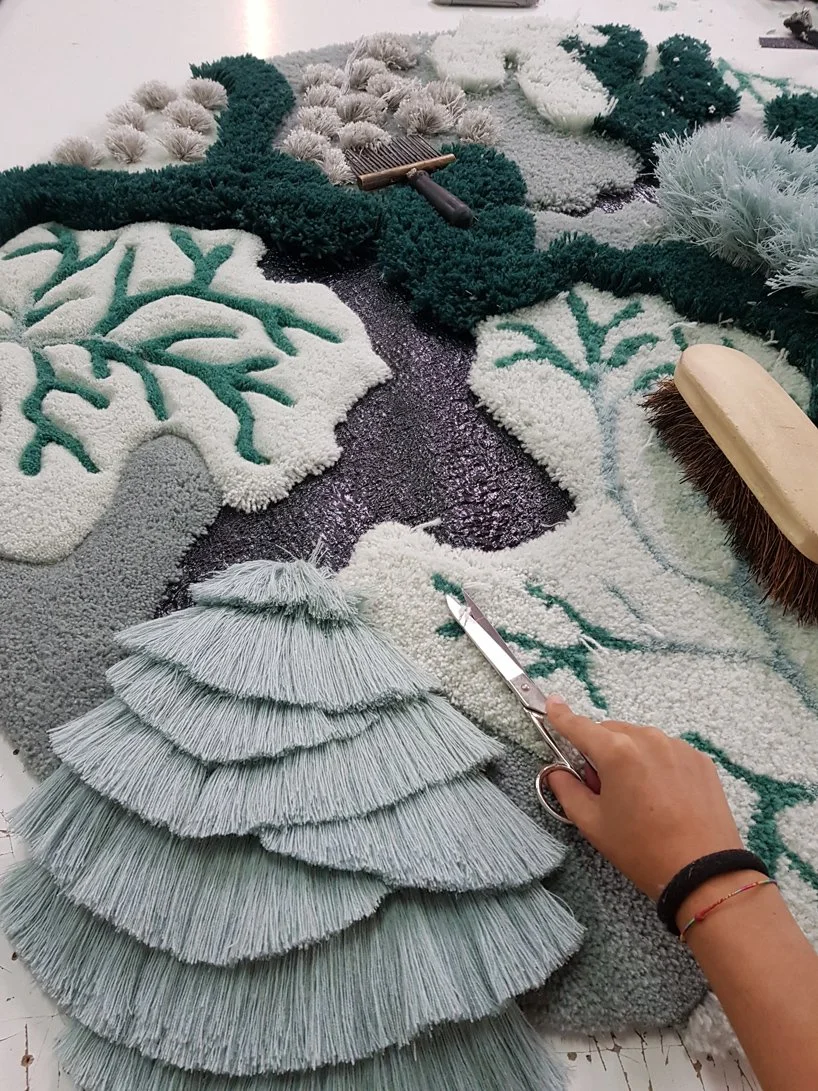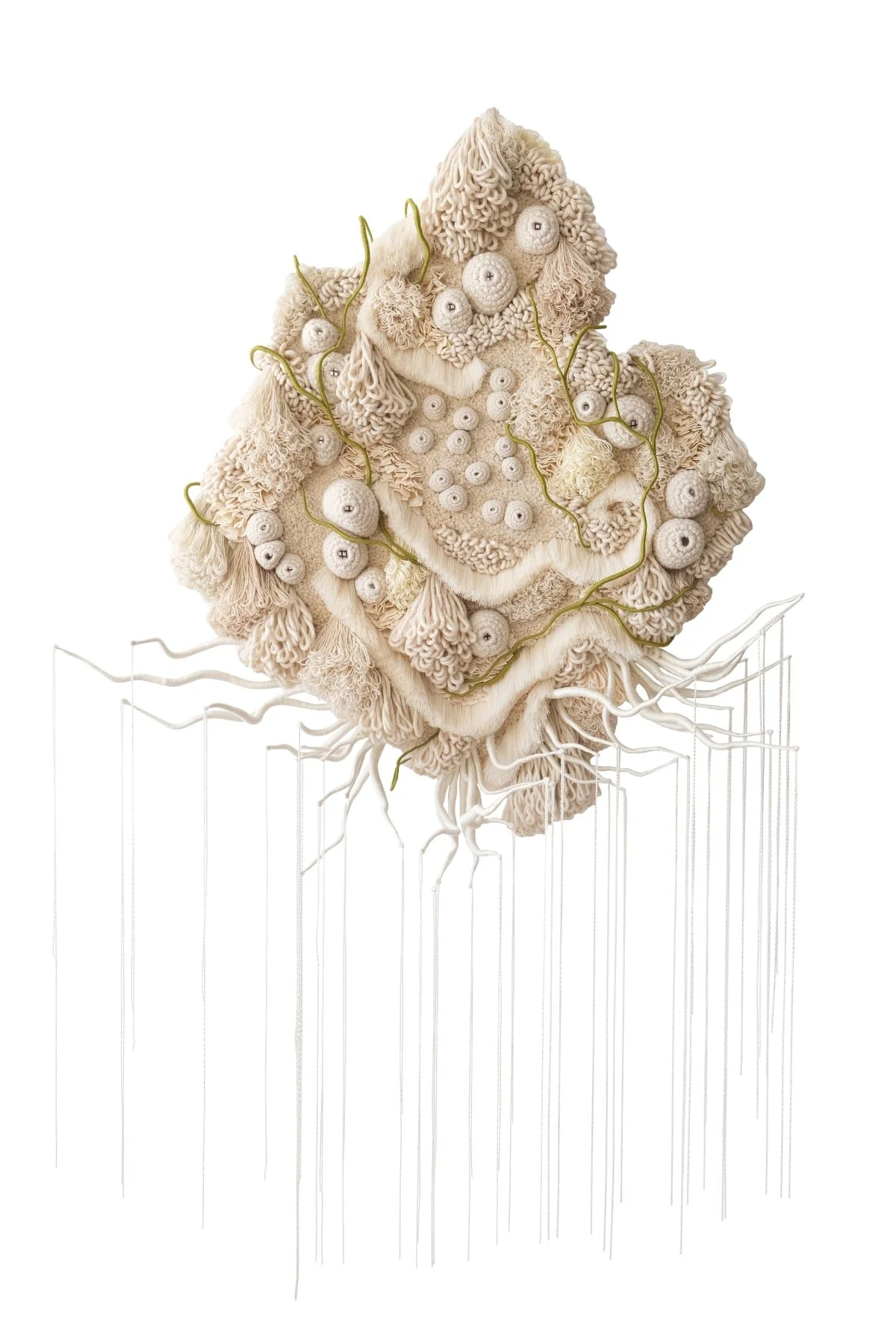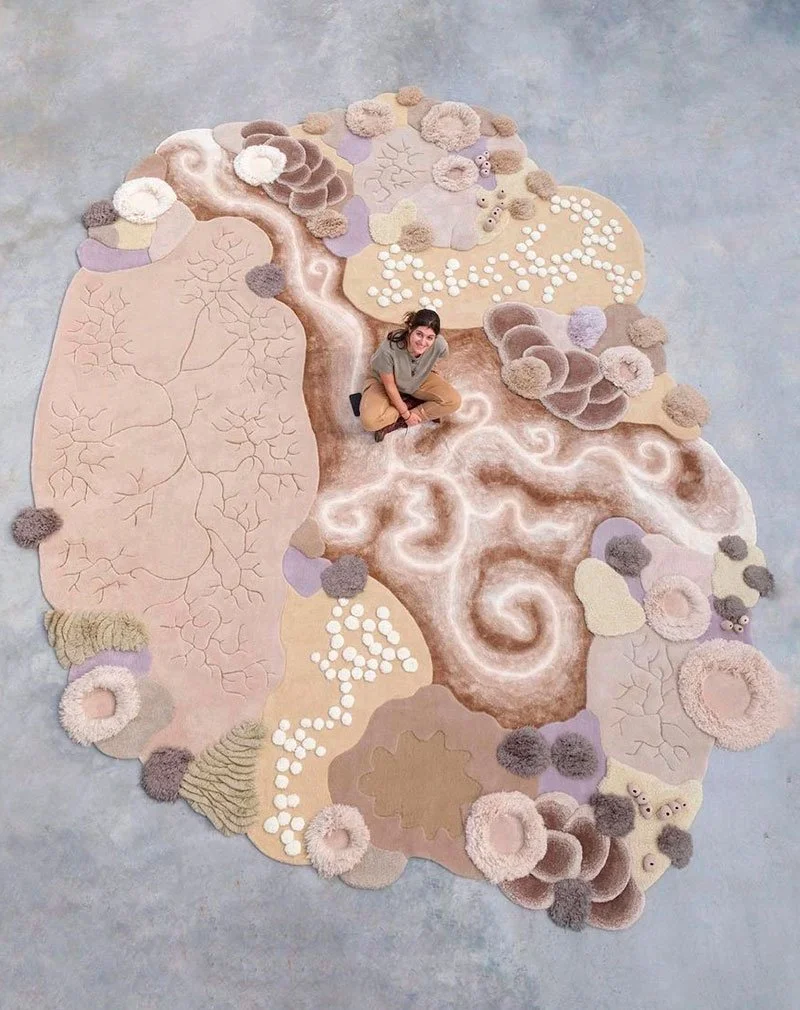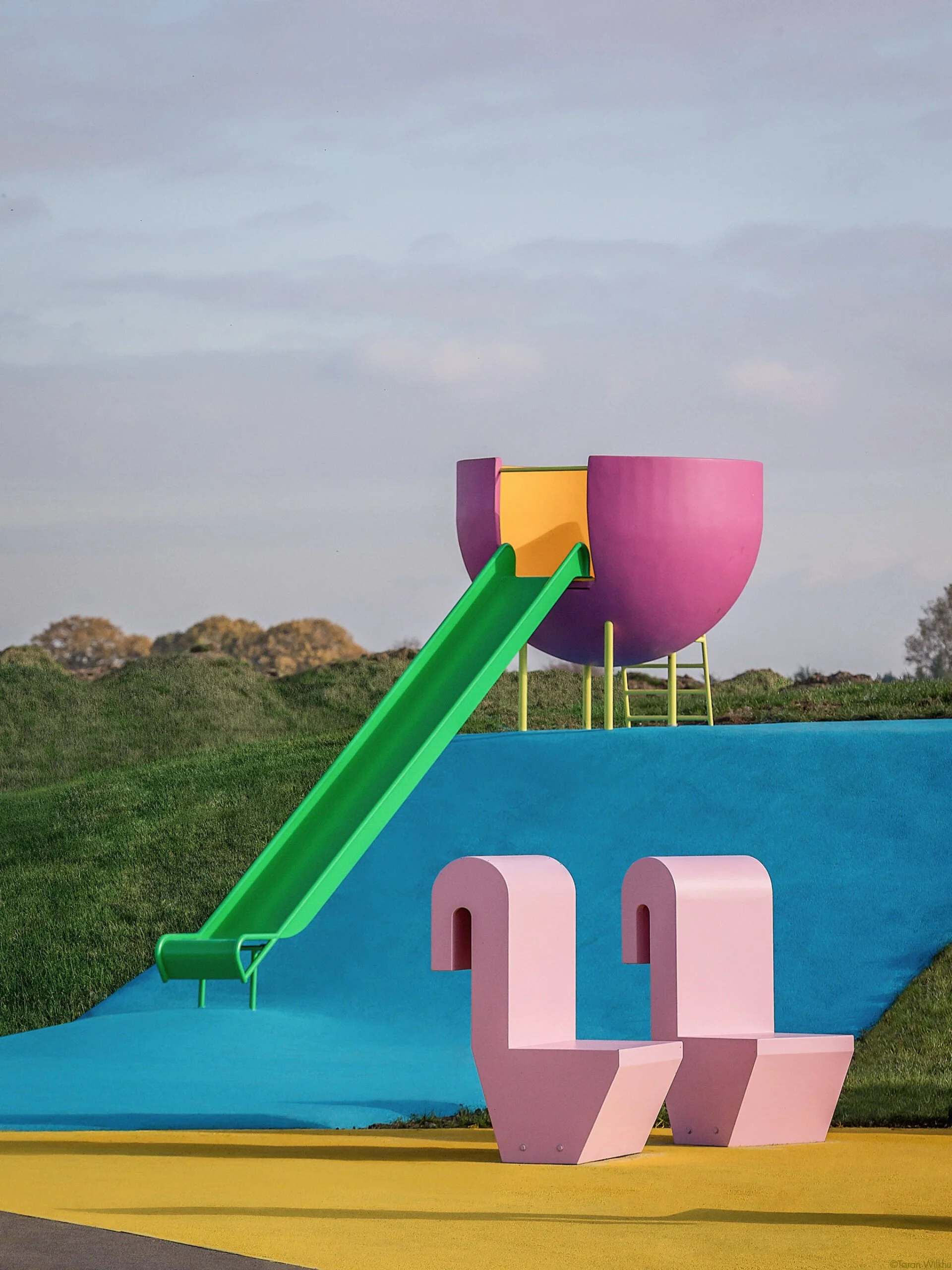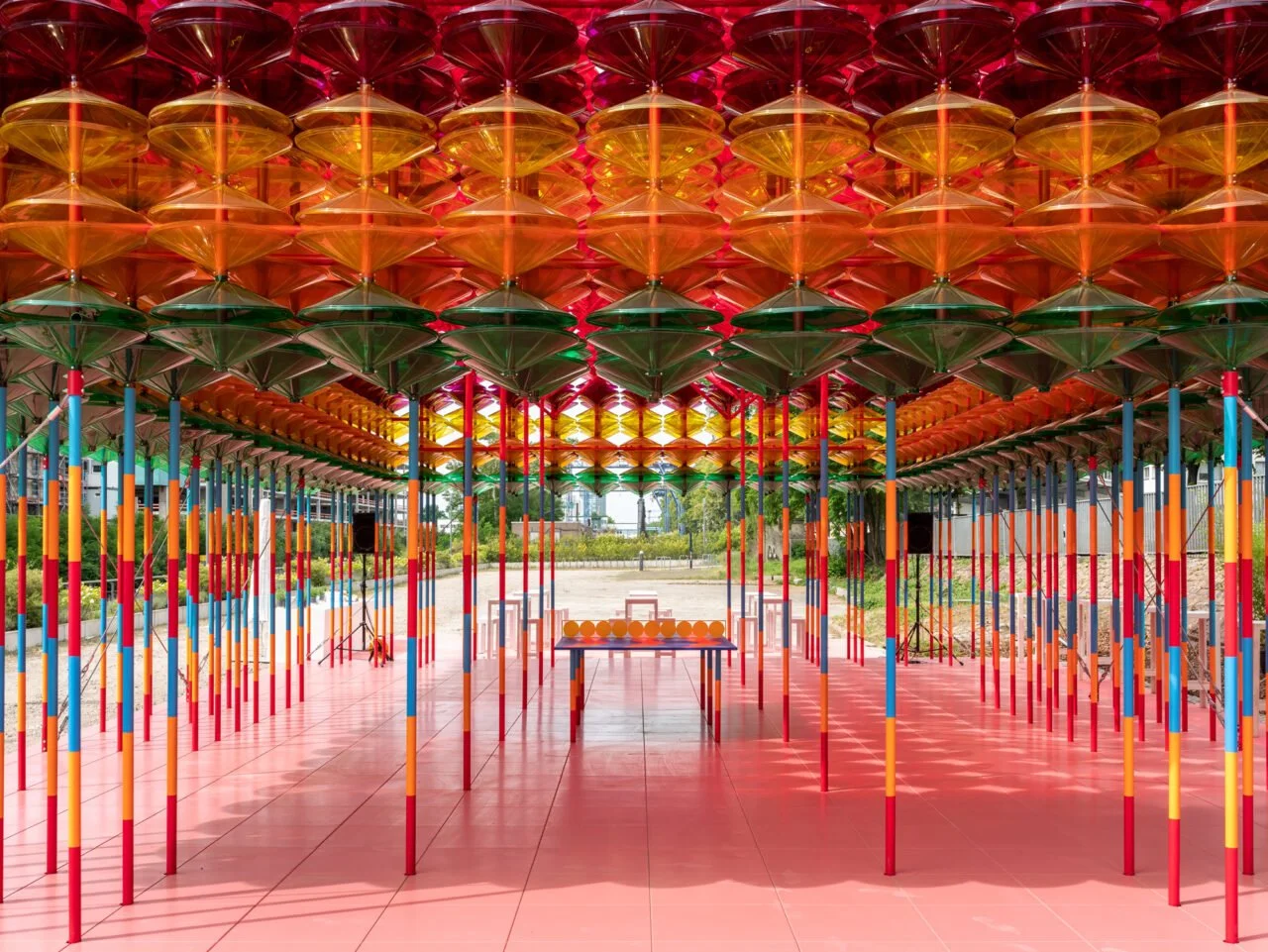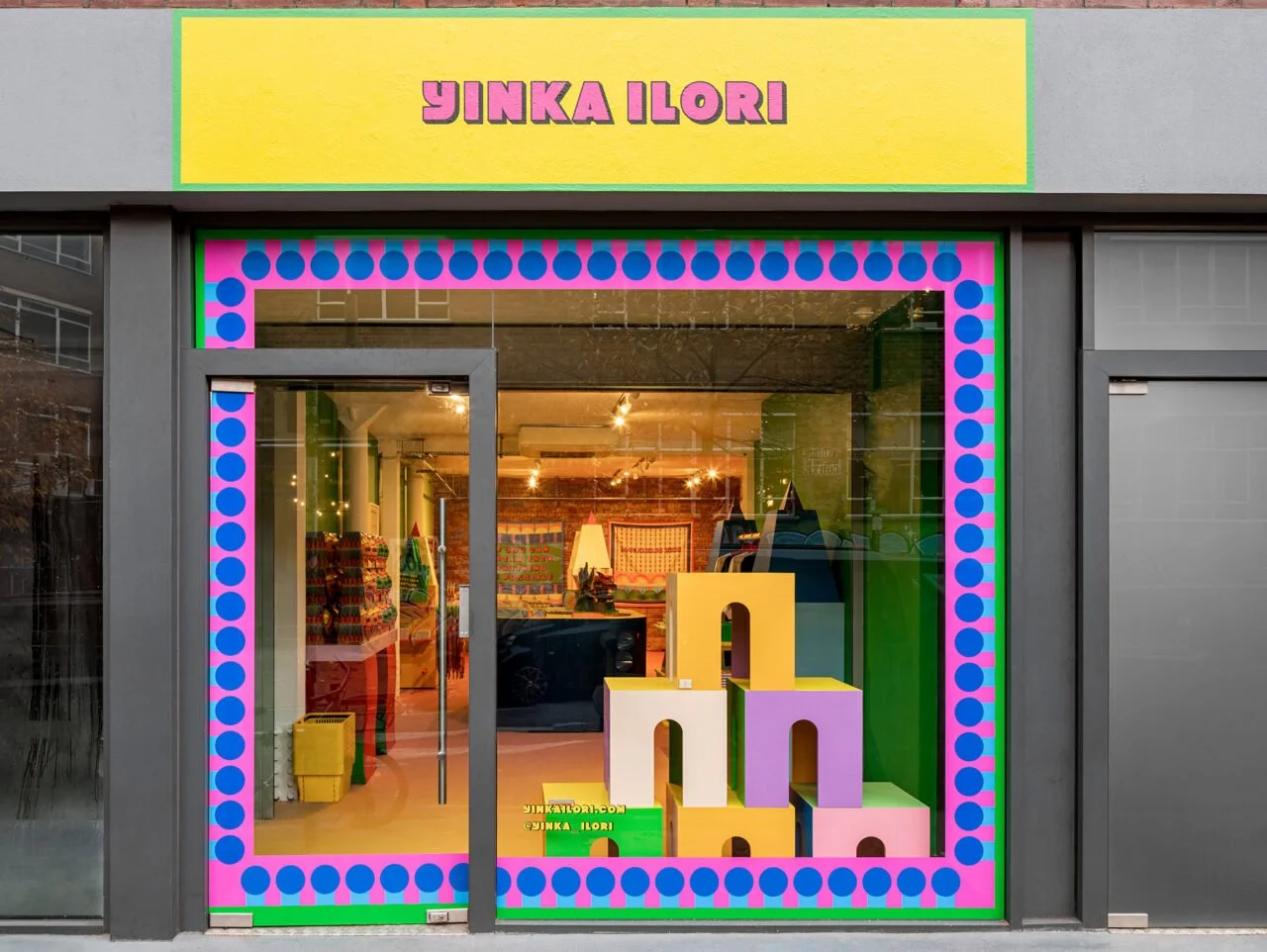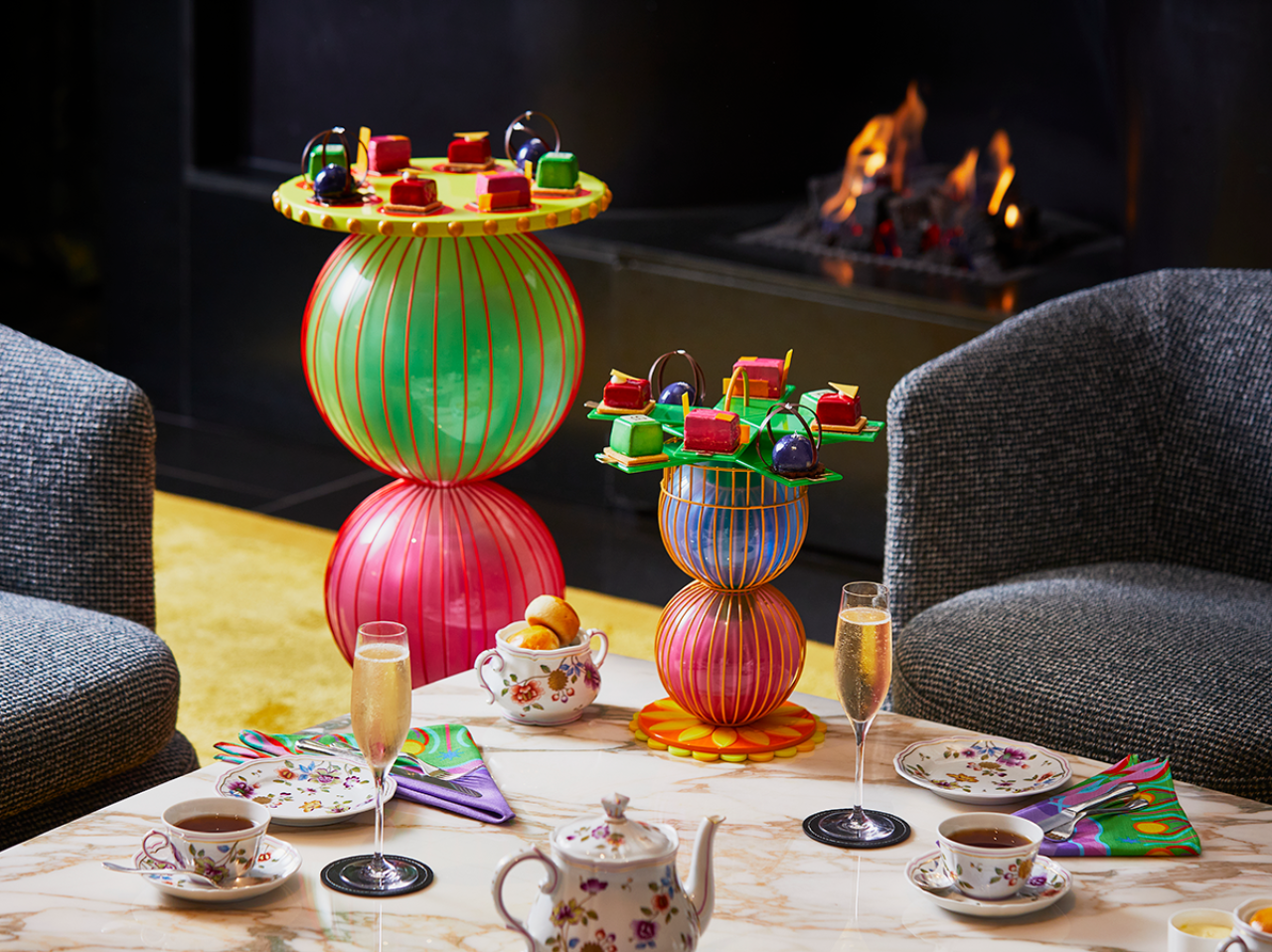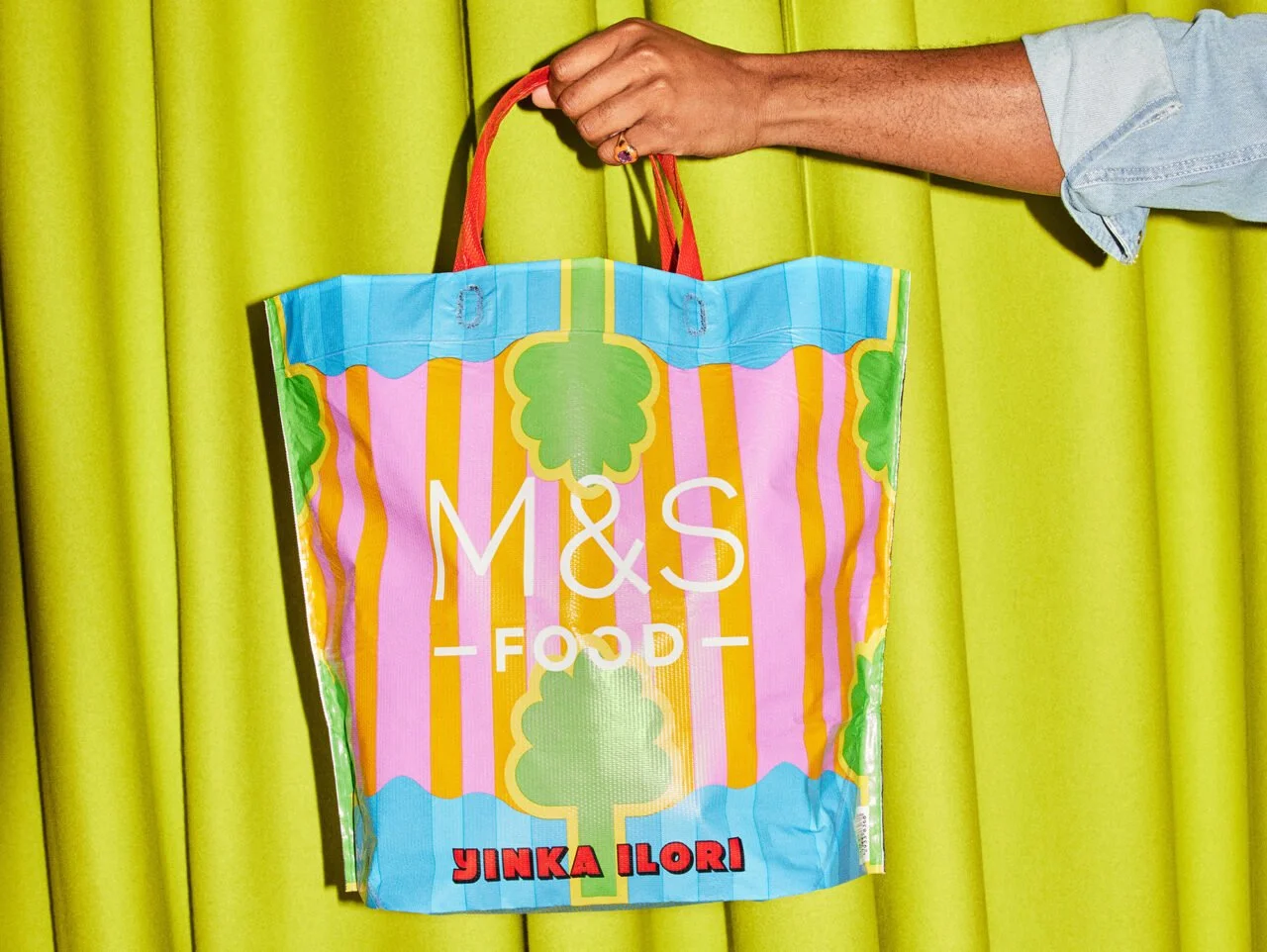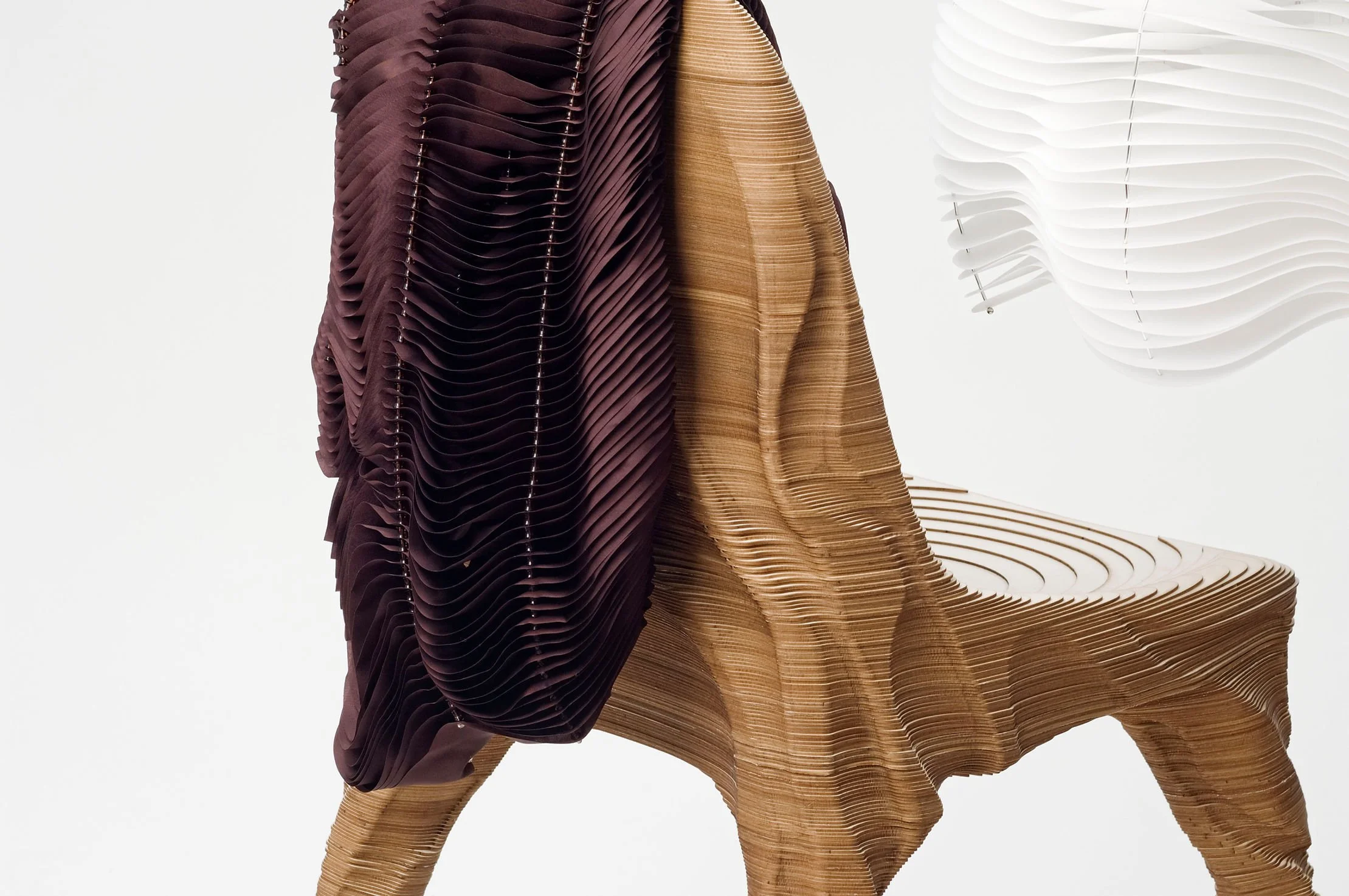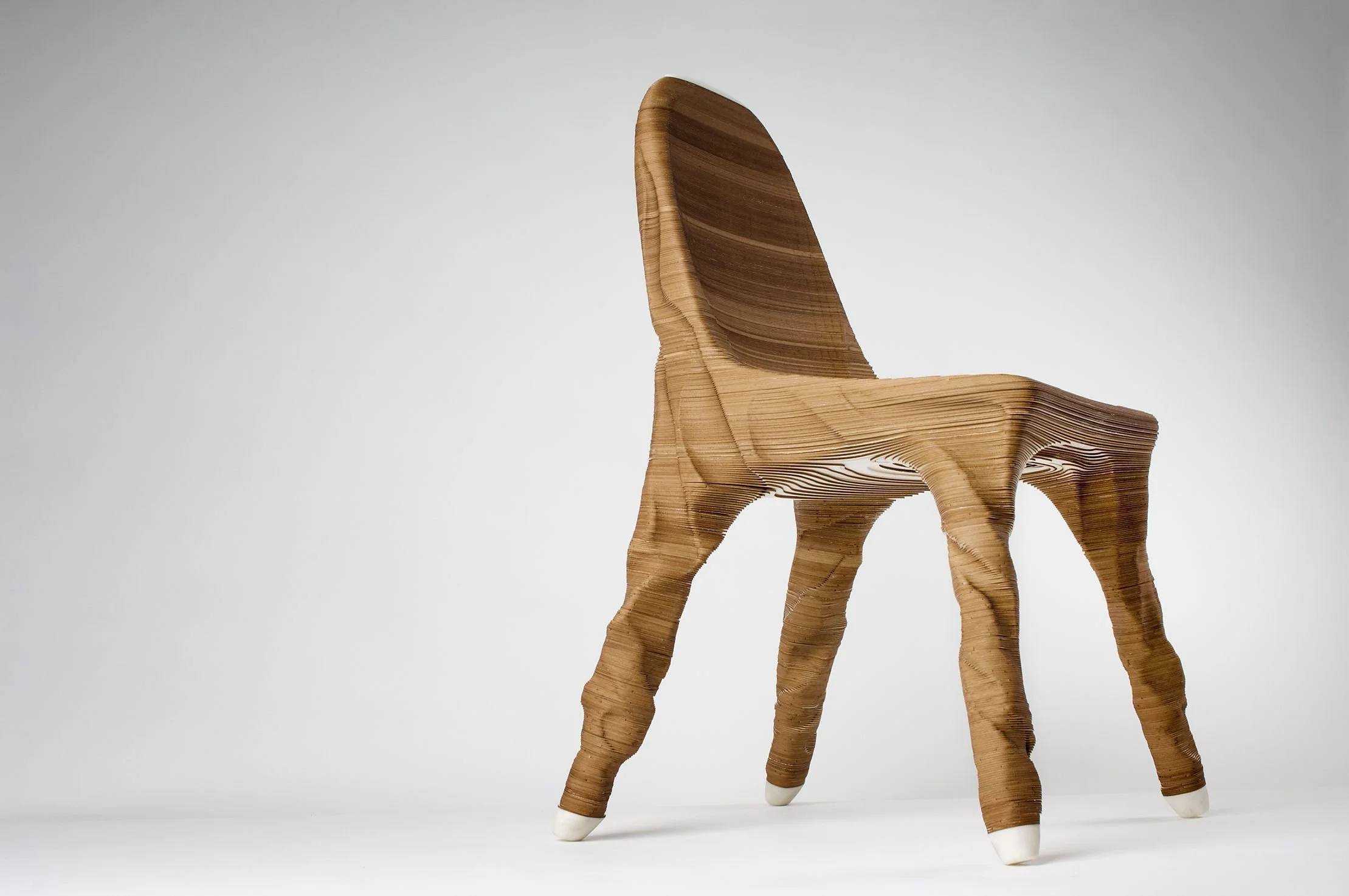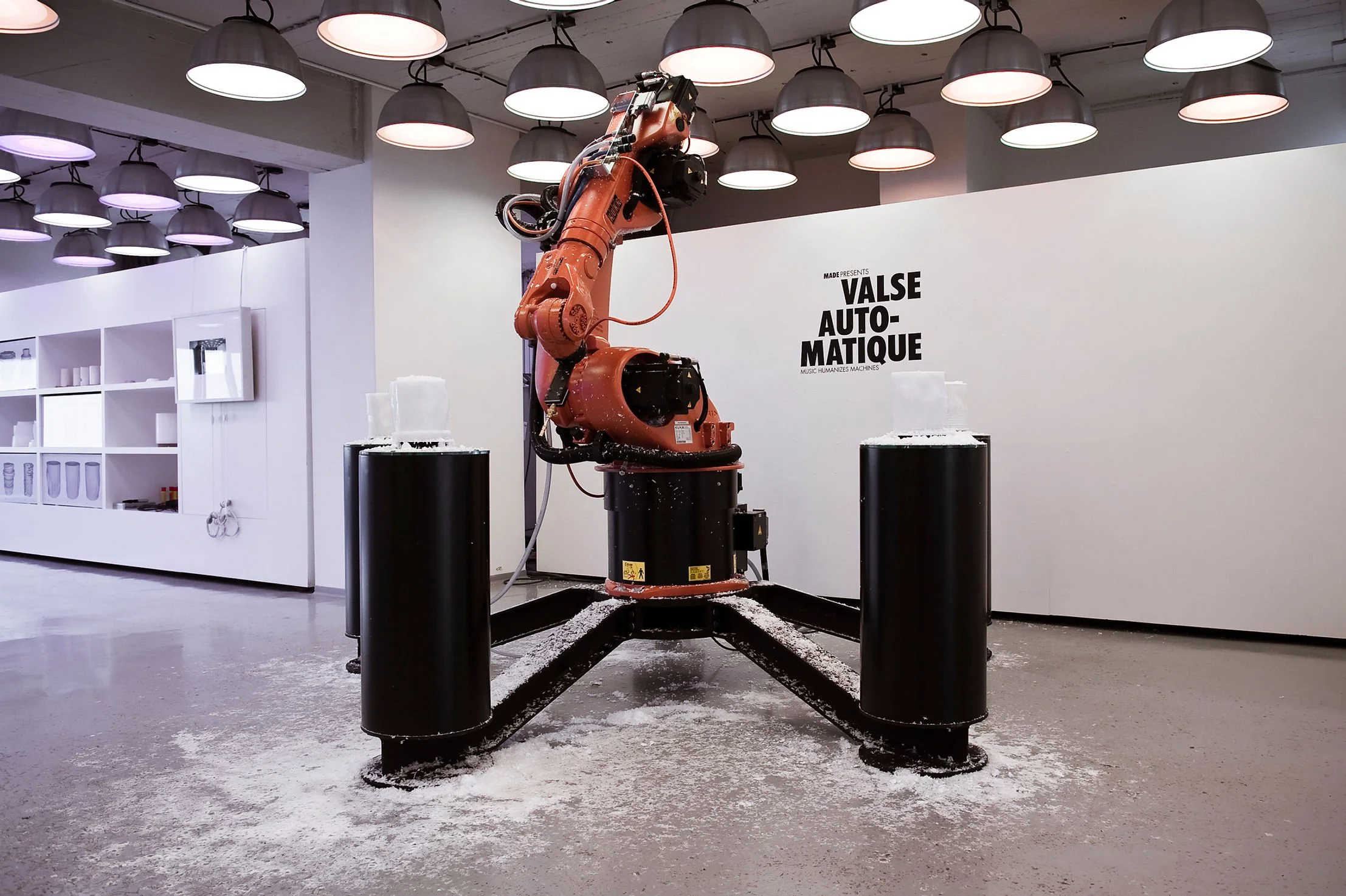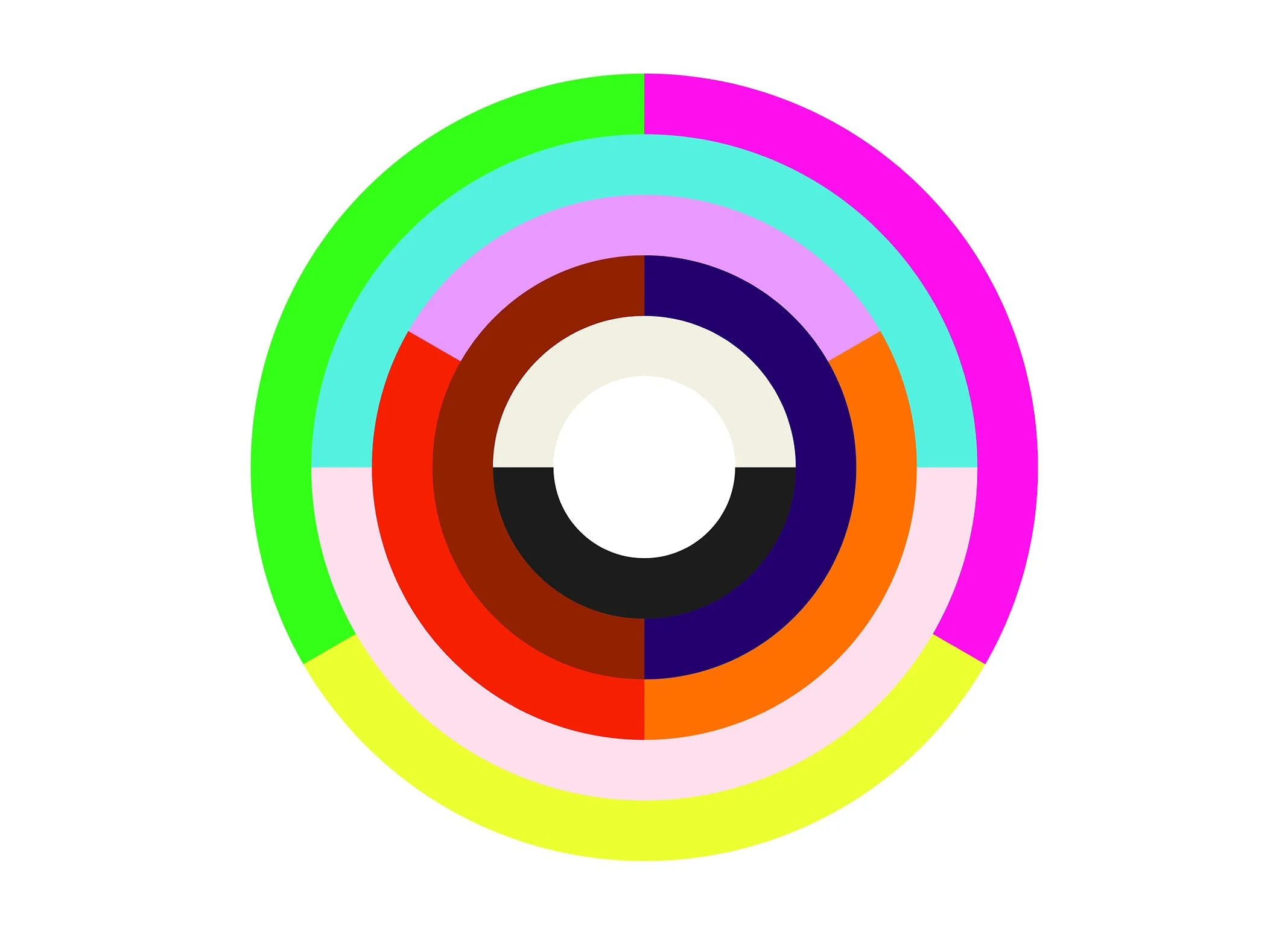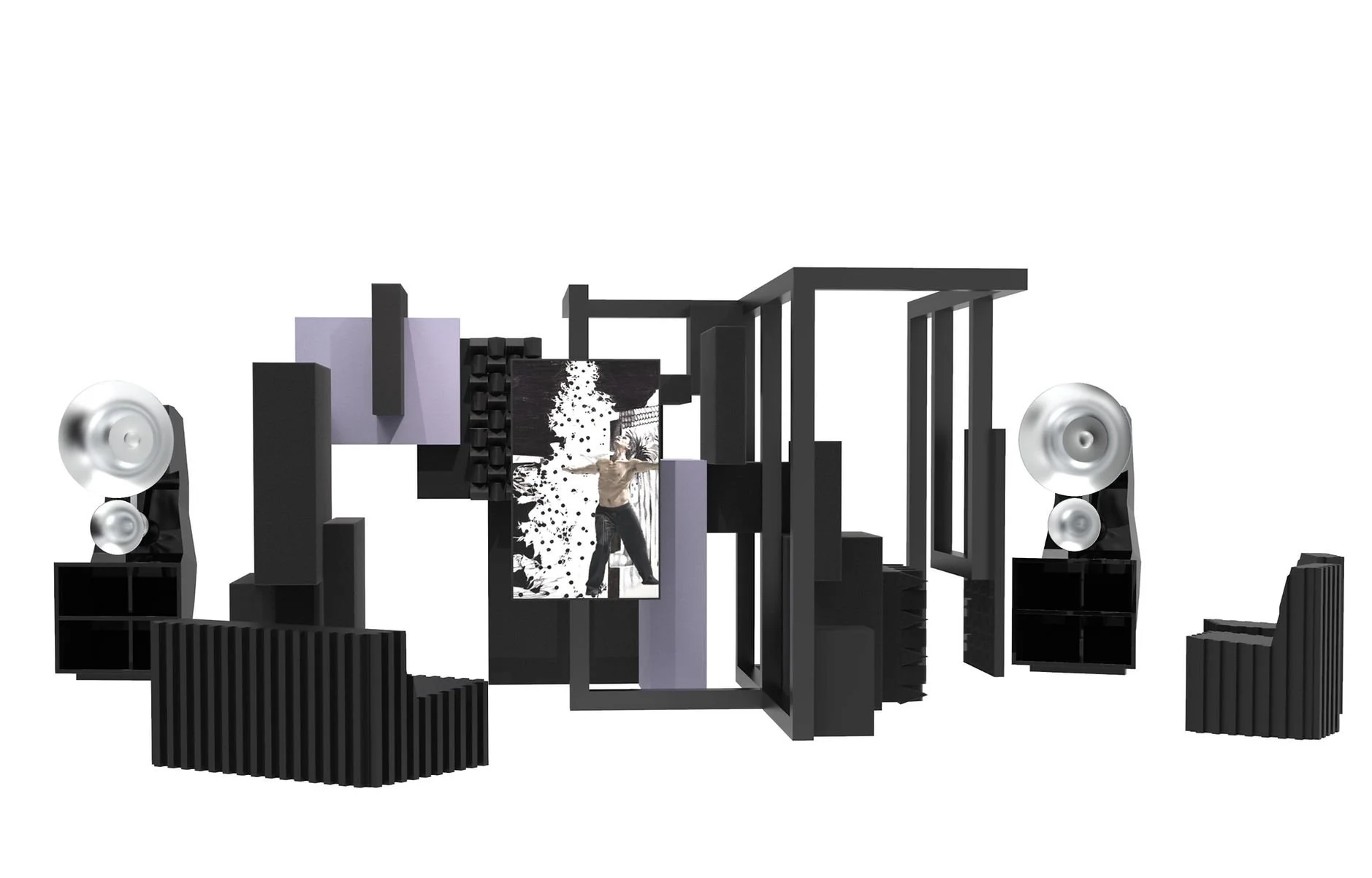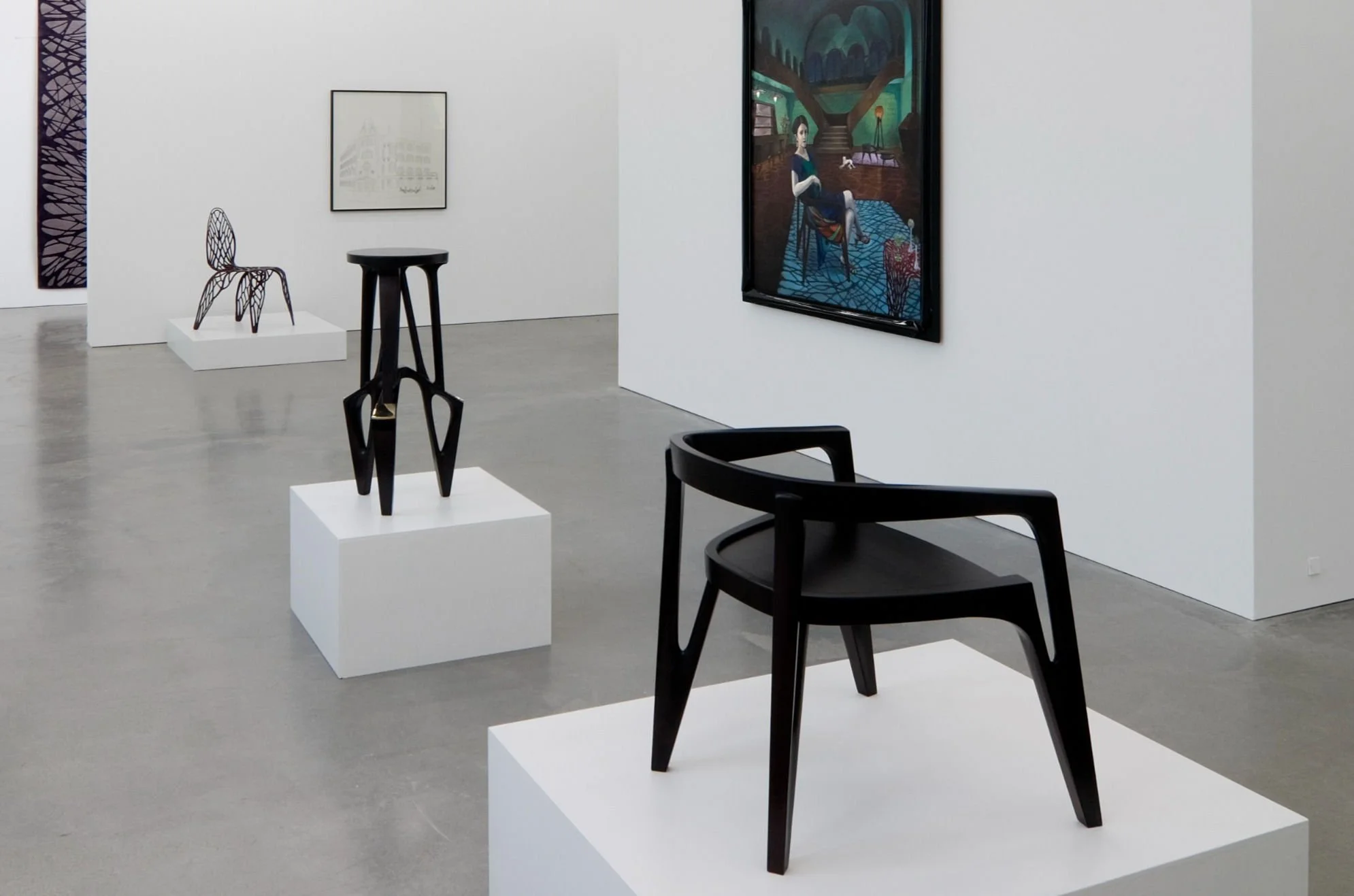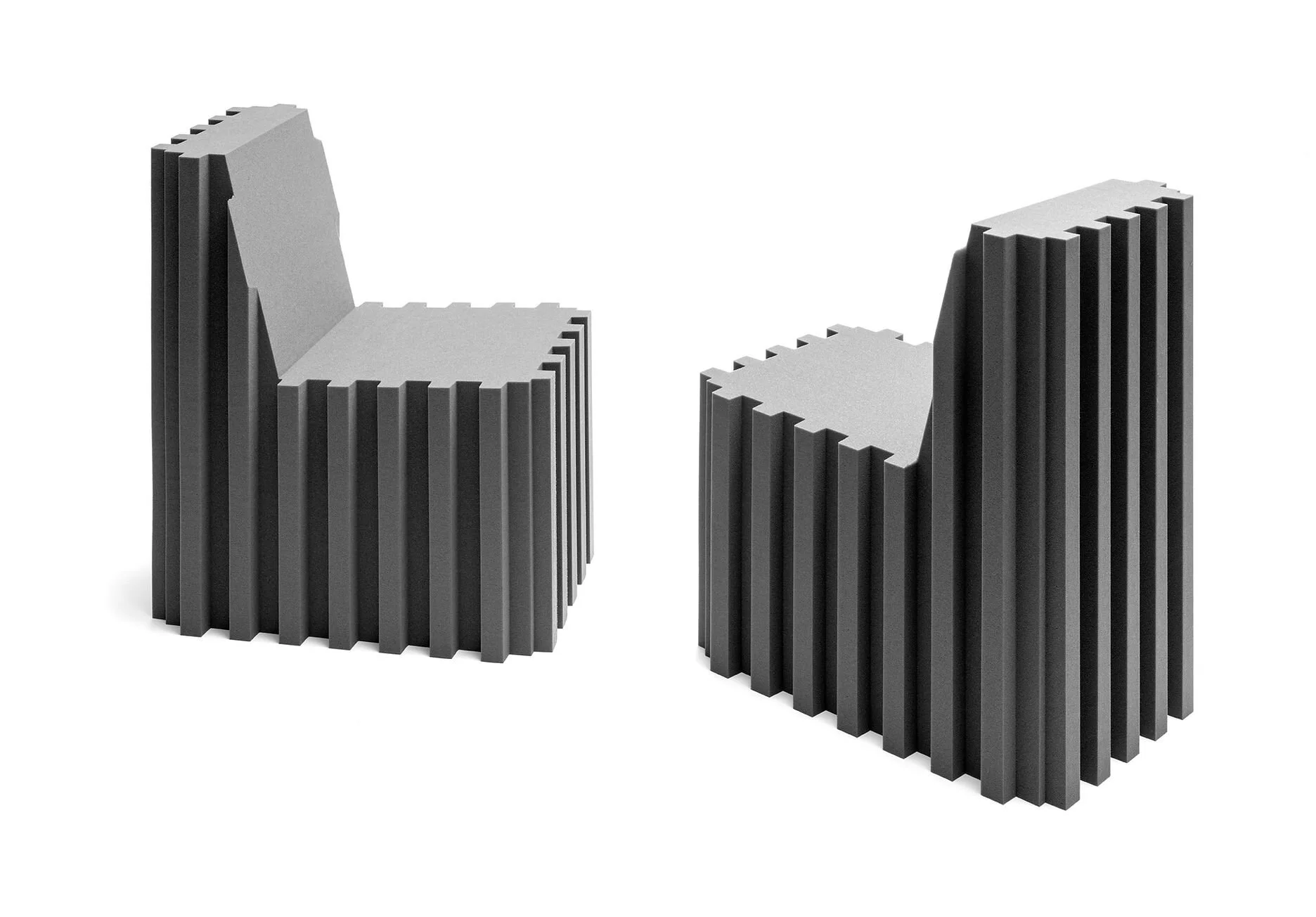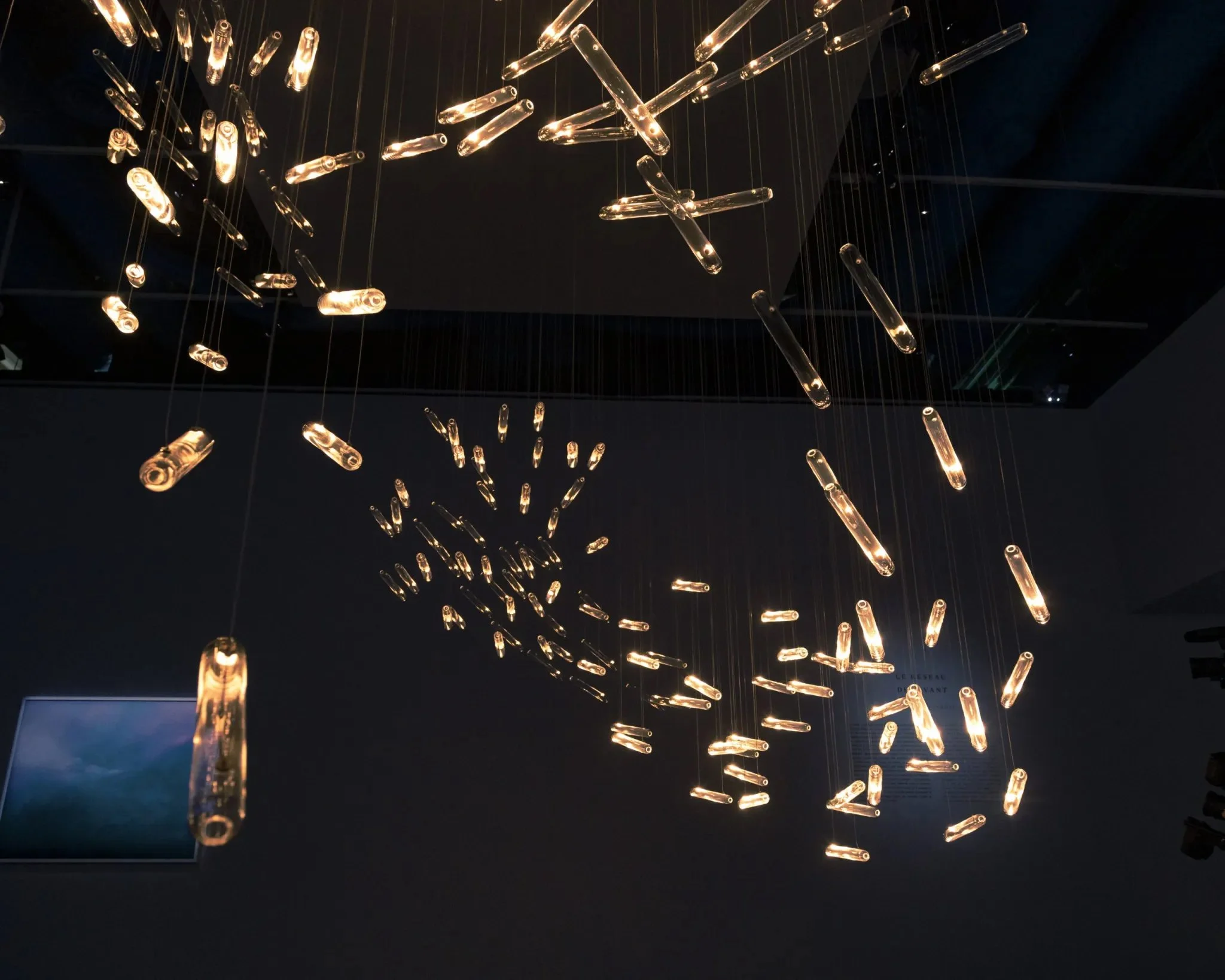 Image 1 of 17
Image 1 of 17

 Image 2 of 17
Image 2 of 17

 Image 3 of 17
Image 3 of 17

 Image 4 of 17
Image 4 of 17

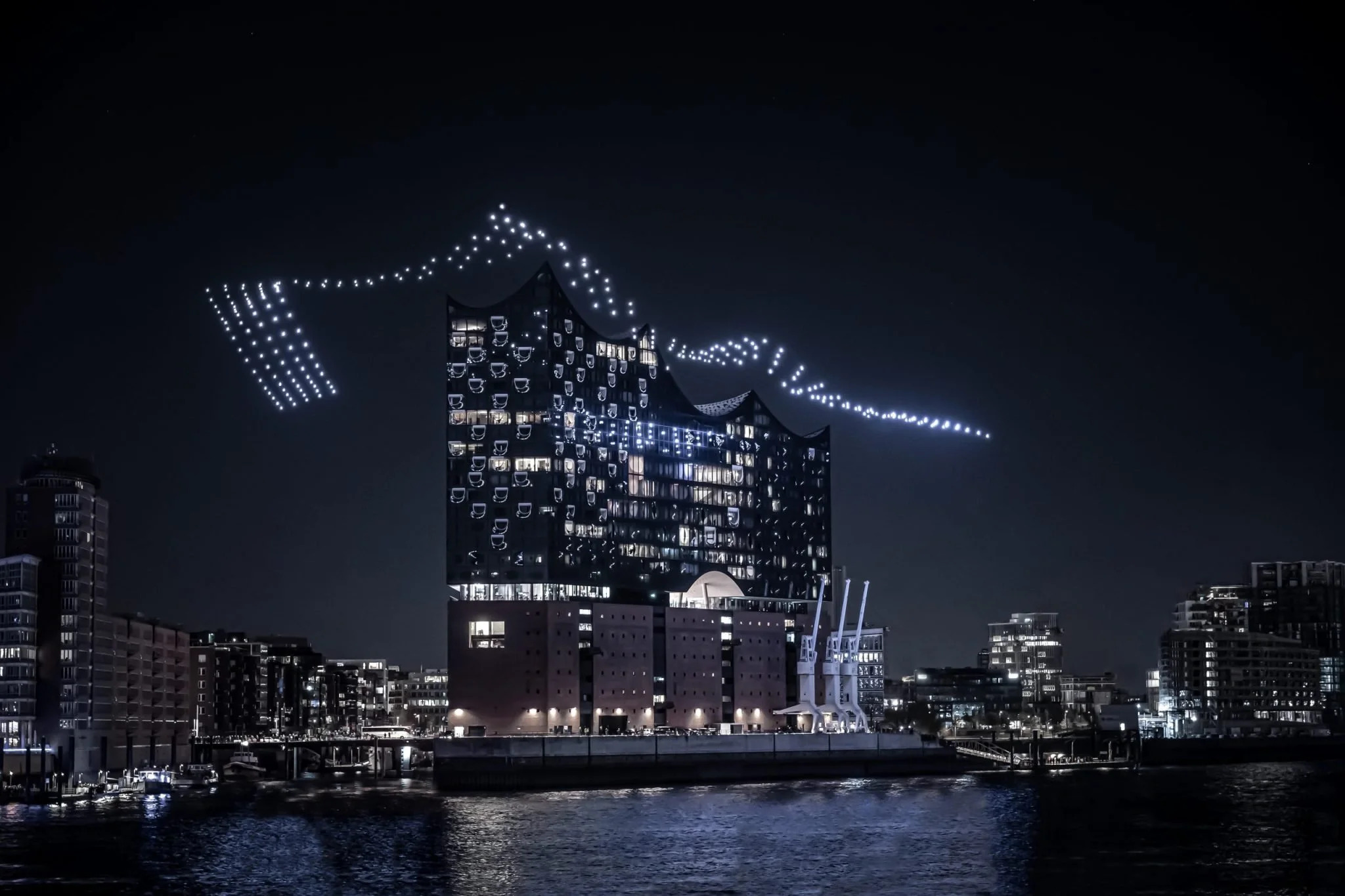 Image 5 of 17
Image 5 of 17

 Image 6 of 17
Image 6 of 17

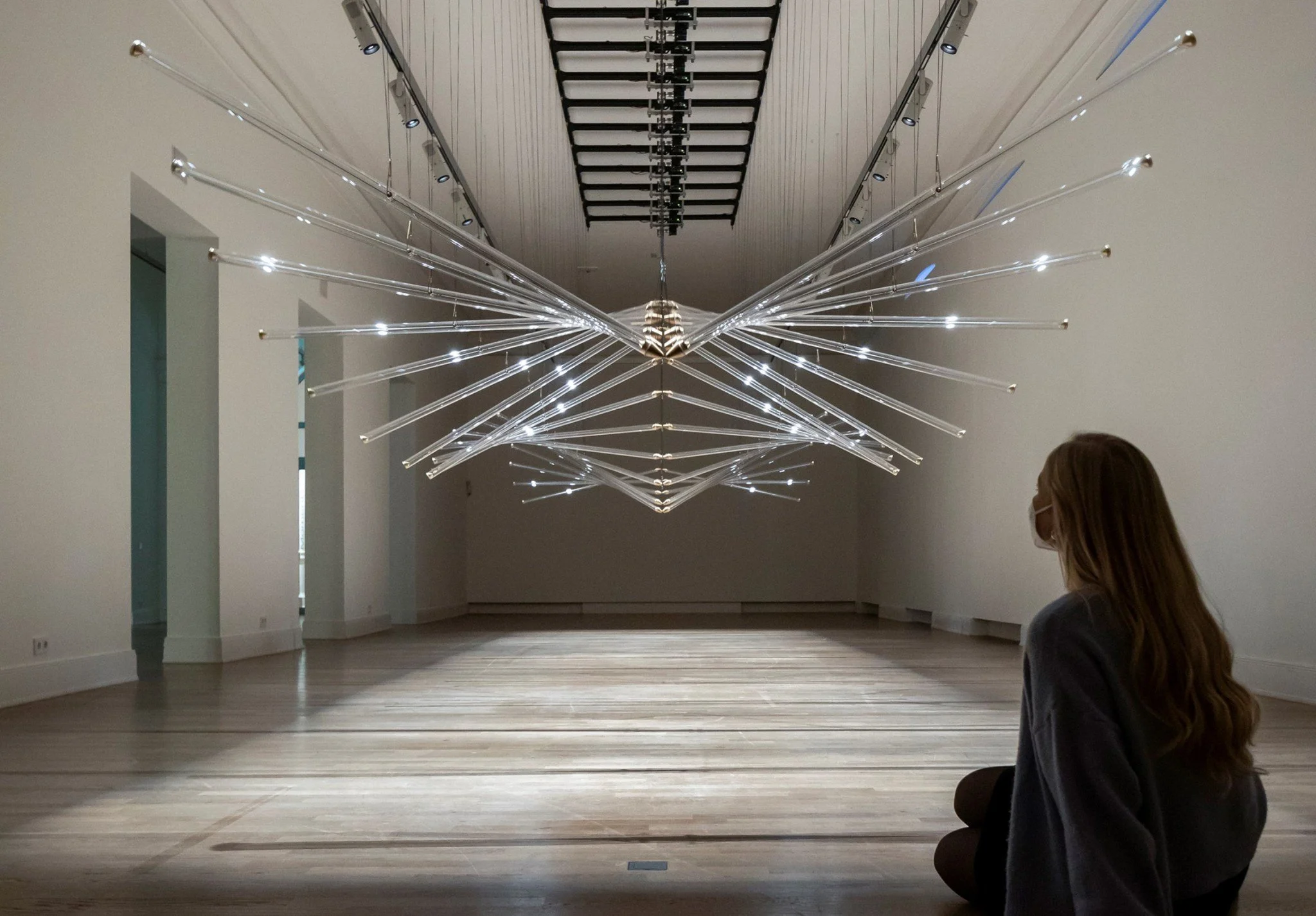 Image 7 of 17
Image 7 of 17

 Image 8 of 17
Image 8 of 17

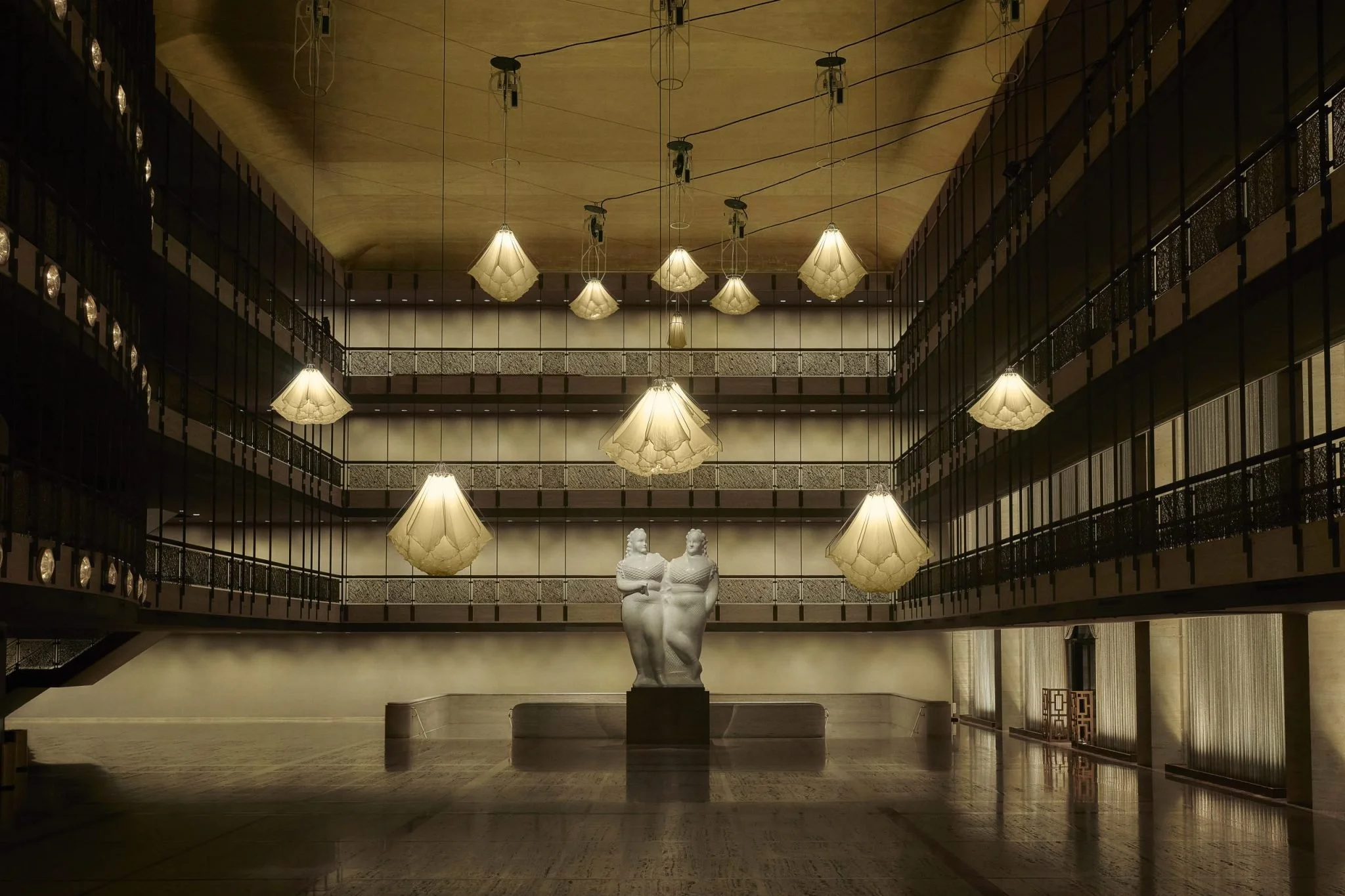 Image 9 of 17
Image 9 of 17

 Image 10 of 17
Image 10 of 17

 Image 11 of 17
Image 11 of 17

 Image 12 of 17
Image 12 of 17

 Image 13 of 17
Image 13 of 17

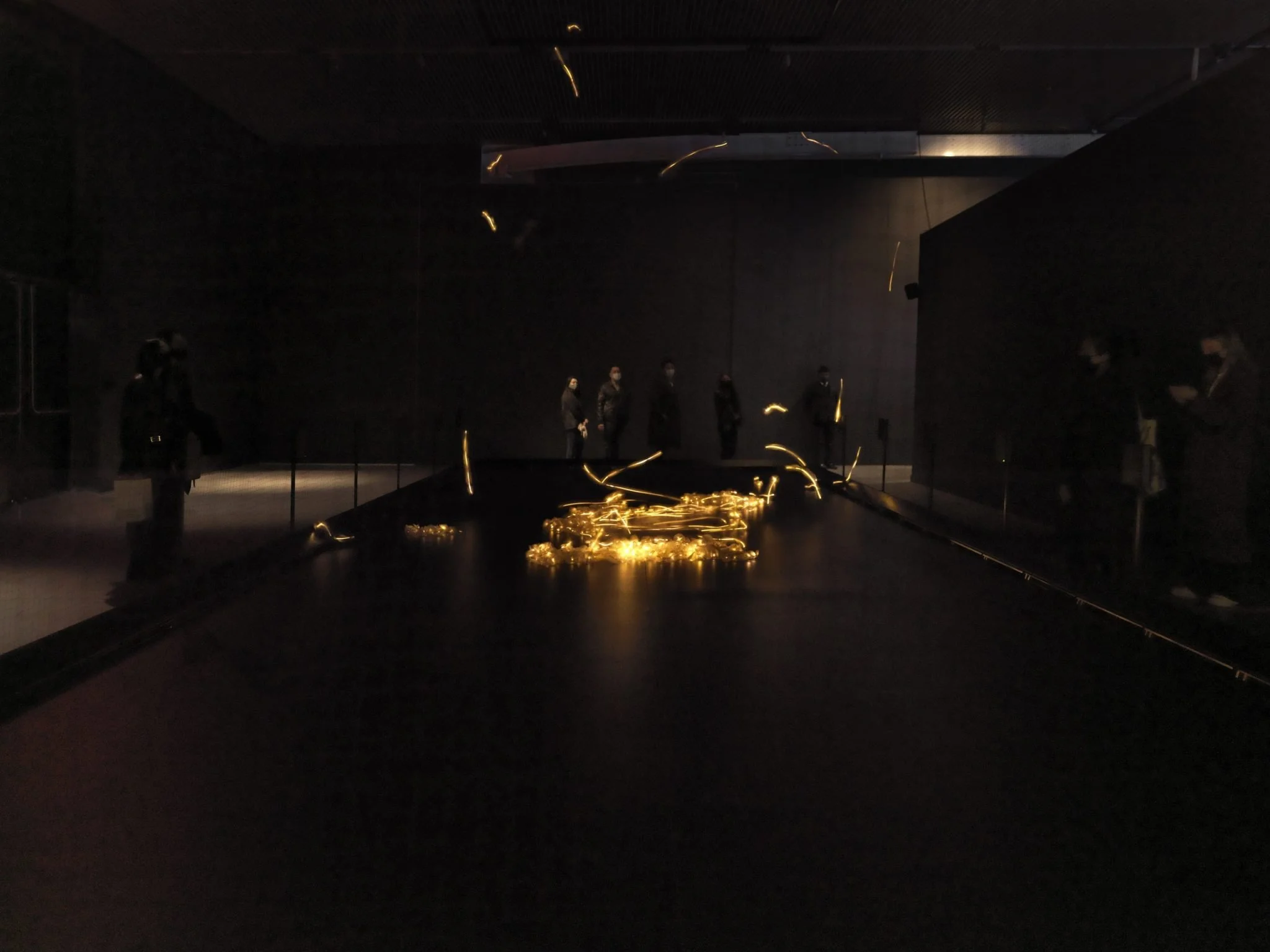 Image 14 of 17
Image 14 of 17

 Image 15 of 17
Image 15 of 17

 Image 16 of 17
Image 16 of 17

 Image 17 of 17
Image 17 of 17


















Studio Drift - art to reconnect with nature through technology
Studio Drift was founded in 2007 by Lonneke Gordijn and Ralph Nauta in Amsterdam, Netherlands. The studio was established with the mission to explore the relationship between nature, technology, and humanity through innovative art installations and sculptures. Studio Drift's current mission focuses on creating immersive experiences that challenge perceptions of reality while promoting sustainability and circular economy principles. Core values include innovation, sustainability, and pushing the boundaries of technology and art, with a purpose to redefine the relationship between humans, nature, and the built environment.
Location
Headquarters: Amsterdam, Netherlands.
Primary manufacturing/operations locations: Various global locations for projects and collaborations.
The Circular Vision
Core circular economy principles: Designing out waste, using recycled and sustainable materials, and creating installations that promote environmental awareness and sustainable practices.
Key innovations: Development of projects like "Materialism," which deconstructs everyday objects to visualize their raw material components, and "Obsidian Mirror," made from synthetic glass produced as a byproduct of chemical waste recycling.
Prioritization of local sourcing and closed-loop supply chains: Emphasis on using recycled materials and sustainable production methods to minimize environmental impact and support local economies.
Pioneering Solutions
Flagship projects: "Materialism" series (deconstructing objects like iPhones and cars to show their raw materials), "Obsidian Mirror" (using synthetic glass from chemical waste), and "Franchise Freedom" (drone light installations exploring swarm behavior).
Unique value propositions: High-quality, innovative art solutions that prioritize circularity, material reuse, and environmental responsibility. Studio Drift's work is known for its ability to create immersive, thought-provoking environments that connect with diverse audiences while promoting sustainability.
The Regenerative Future
R&D focus areas: Advancing sustainable art production techniques, exploring new applications for recycled and synthetic materials, and developing solutions that further reduce waste and energy consumption in art production processes.
Ambitious goals: To lead the art industry in sustainable practices, create zero-waste installations, and inspire a shift towards a regenerative approach to art and environmental stewardship.
Fact Sheet
Commercial Availability: Artworks and installations available through exhibitions, galleries, and collaborations with cultural institutions and businesses.
Circularity Rating: 5/5 (Strong focus on integrating circular economy principles in art and production).
Cost Rating: 4/5 (Competitive with high-end art installations, with significant value in sustainability and innovation).
Material Passport: Detailed material traceability and use of recycled and sustainable materials, as evidenced in the "Materialism" series.
Designed for Disassembly: Yes, installations and projects are often designed for easy disassembly and recycling.
Carbon Performance: Focus on reducing carbon footprint through the use of sustainable materials and local production. Committed to minimizing environmental impact through efficient design and production processes.
Key Takeaway
Studio Drift transforms the art industry through innovative, sustainable solutions that prioritize circular economy principles, setting a benchmark for environmental responsibility and material innovation in contemporary art.
Explore Further
Studio Drift website: https://studiodrift.com
Studio Drift was founded in 2007 by Lonneke Gordijn and Ralph Nauta in Amsterdam, Netherlands. The studio was established with the mission to explore the relationship between nature, technology, and humanity through innovative art installations and sculptures. Studio Drift's current mission focuses on creating immersive experiences that challenge perceptions of reality while promoting sustainability and circular economy principles. Core values include innovation, sustainability, and pushing the boundaries of technology and art, with a purpose to redefine the relationship between humans, nature, and the built environment.
Location
Headquarters: Amsterdam, Netherlands.
Primary manufacturing/operations locations: Various global locations for projects and collaborations.
The Circular Vision
Core circular economy principles: Designing out waste, using recycled and sustainable materials, and creating installations that promote environmental awareness and sustainable practices.
Key innovations: Development of projects like "Materialism," which deconstructs everyday objects to visualize their raw material components, and "Obsidian Mirror," made from synthetic glass produced as a byproduct of chemical waste recycling.
Prioritization of local sourcing and closed-loop supply chains: Emphasis on using recycled materials and sustainable production methods to minimize environmental impact and support local economies.
Pioneering Solutions
Flagship projects: "Materialism" series (deconstructing objects like iPhones and cars to show their raw materials), "Obsidian Mirror" (using synthetic glass from chemical waste), and "Franchise Freedom" (drone light installations exploring swarm behavior).
Unique value propositions: High-quality, innovative art solutions that prioritize circularity, material reuse, and environmental responsibility. Studio Drift's work is known for its ability to create immersive, thought-provoking environments that connect with diverse audiences while promoting sustainability.
The Regenerative Future
R&D focus areas: Advancing sustainable art production techniques, exploring new applications for recycled and synthetic materials, and developing solutions that further reduce waste and energy consumption in art production processes.
Ambitious goals: To lead the art industry in sustainable practices, create zero-waste installations, and inspire a shift towards a regenerative approach to art and environmental stewardship.
Fact Sheet
Commercial Availability: Artworks and installations available through exhibitions, galleries, and collaborations with cultural institutions and businesses.
Circularity Rating: 5/5 (Strong focus on integrating circular economy principles in art and production).
Cost Rating: 4/5 (Competitive with high-end art installations, with significant value in sustainability and innovation).
Material Passport: Detailed material traceability and use of recycled and sustainable materials, as evidenced in the "Materialism" series.
Designed for Disassembly: Yes, installations and projects are often designed for easy disassembly and recycling.
Carbon Performance: Focus on reducing carbon footprint through the use of sustainable materials and local production. Committed to minimizing environmental impact through efficient design and production processes.
Key Takeaway
Studio Drift transforms the art industry through innovative, sustainable solutions that prioritize circular economy principles, setting a benchmark for environmental responsibility and material innovation in contemporary art.
Explore Further
Studio Drift website: https://studiodrift.com










